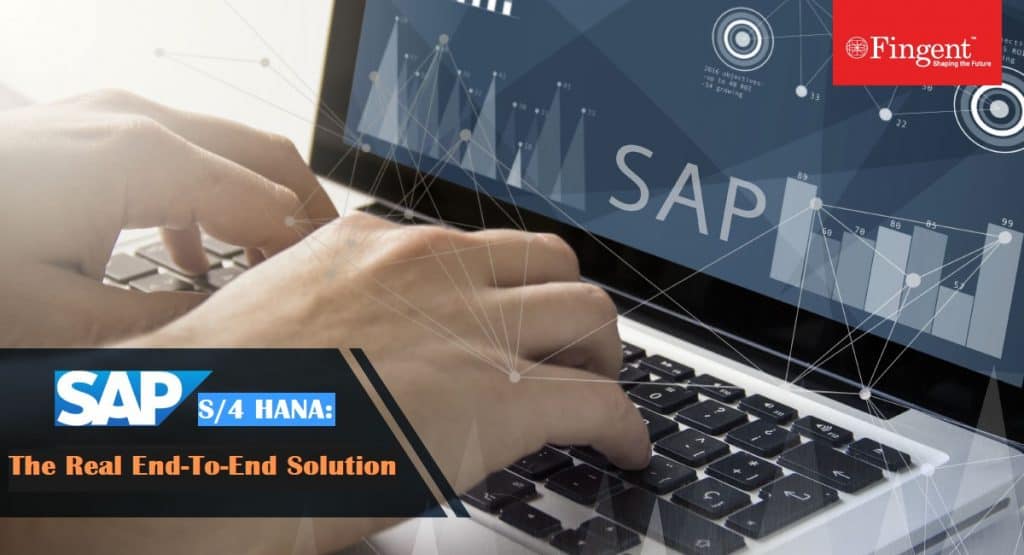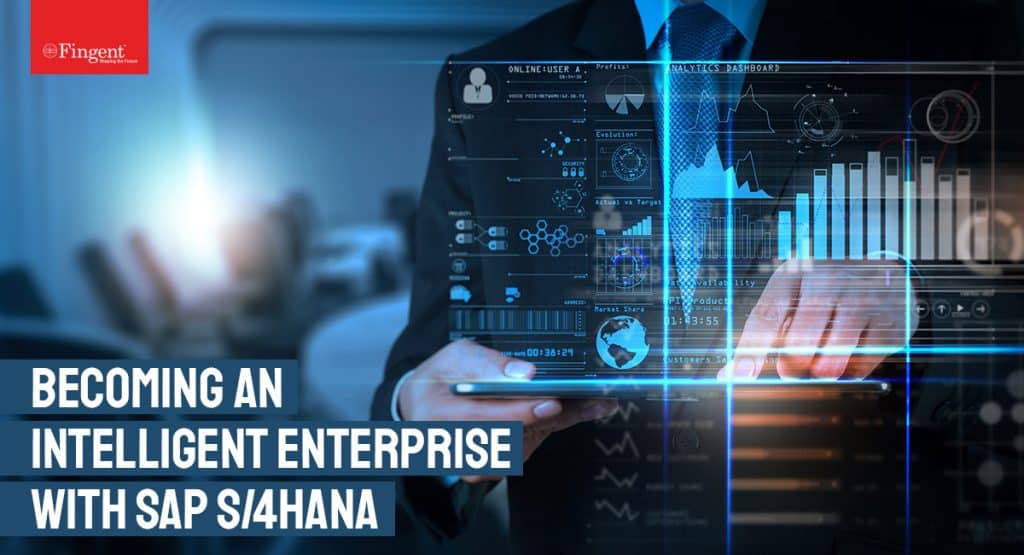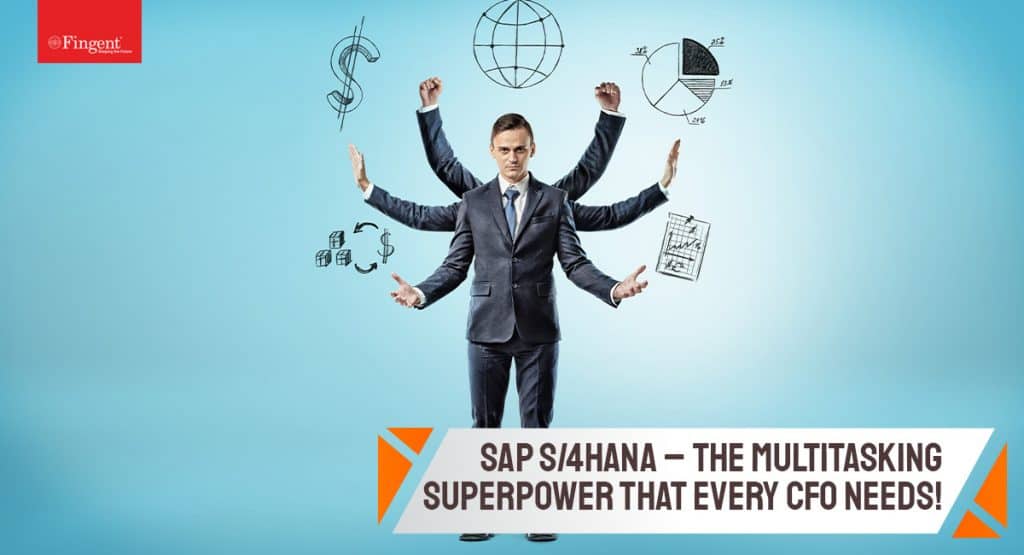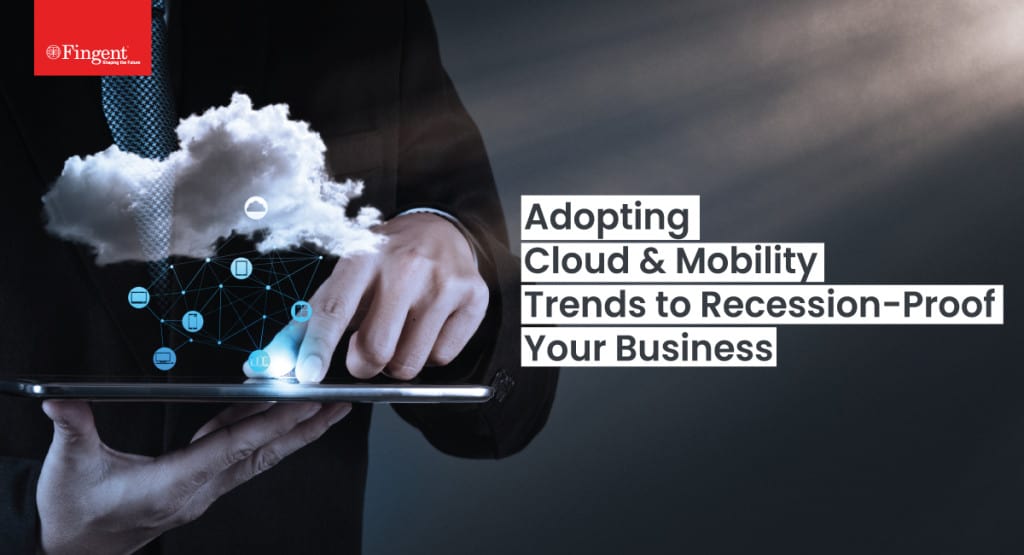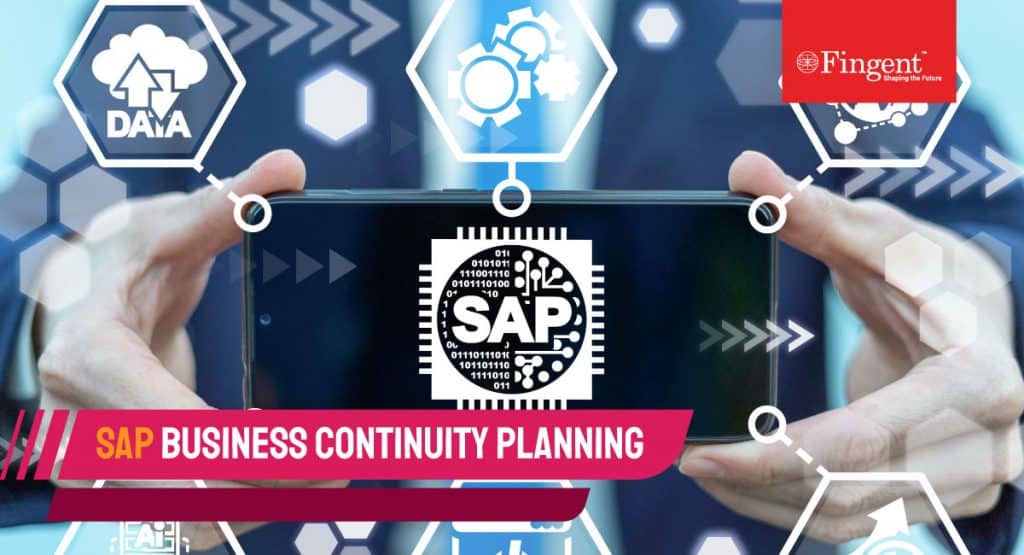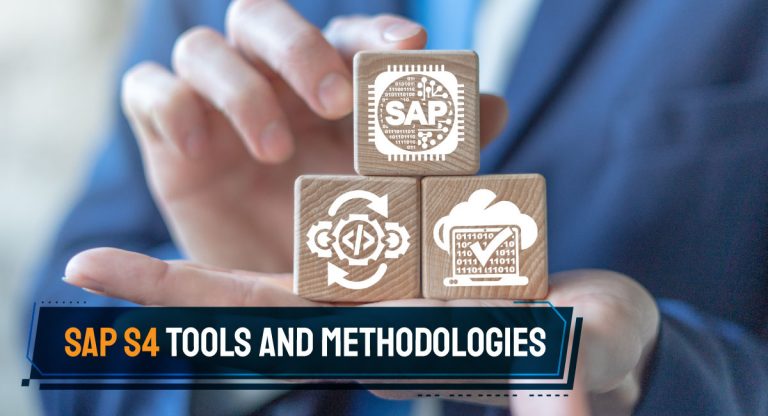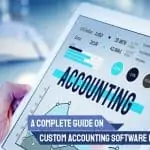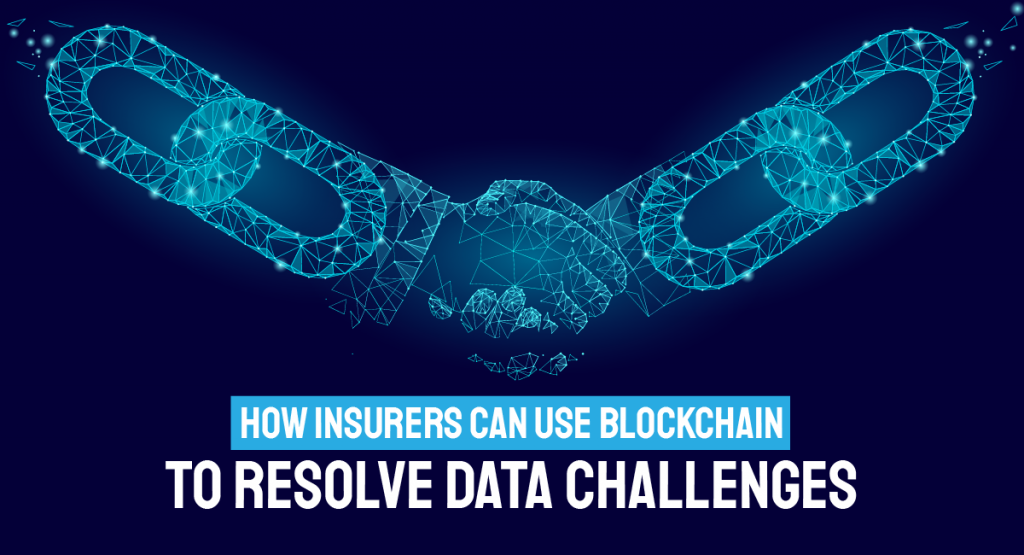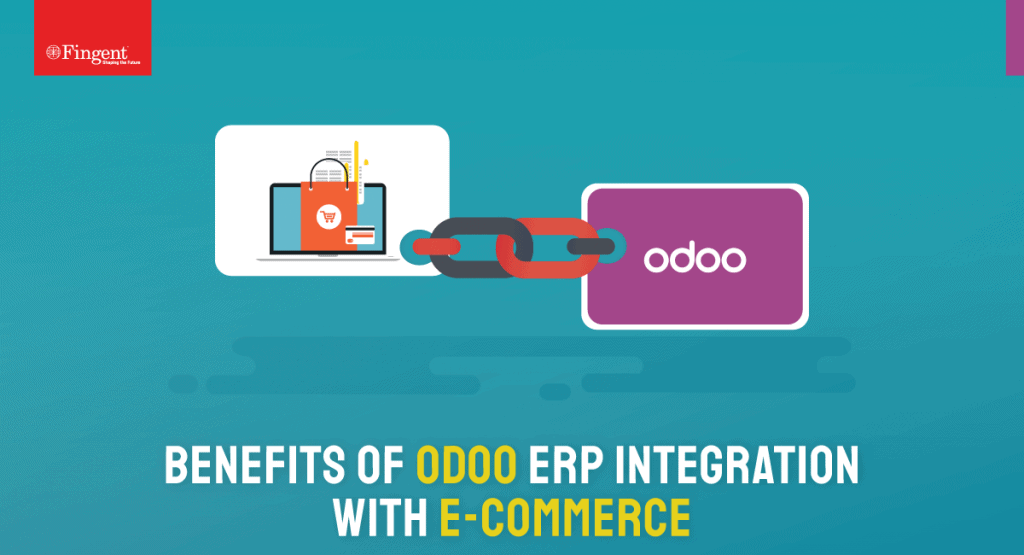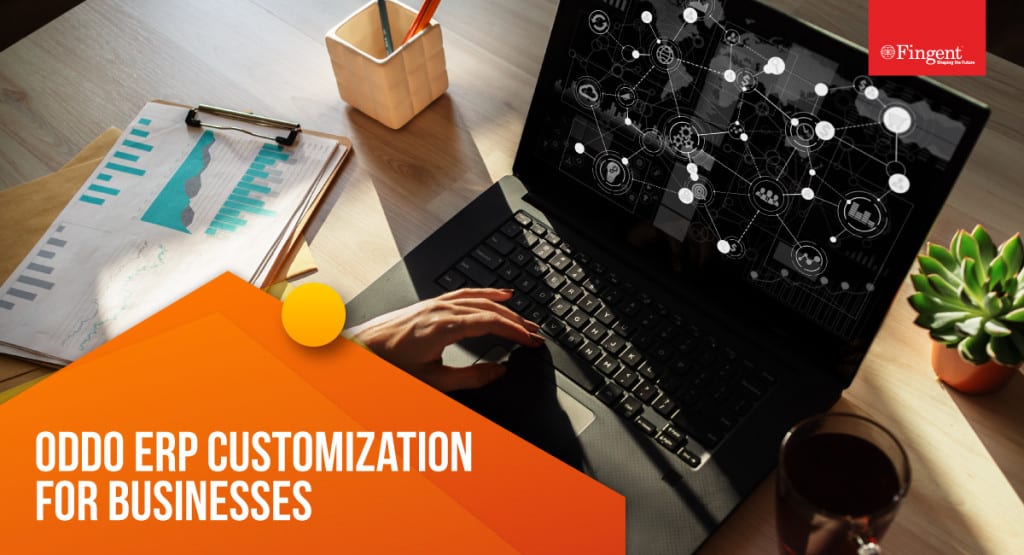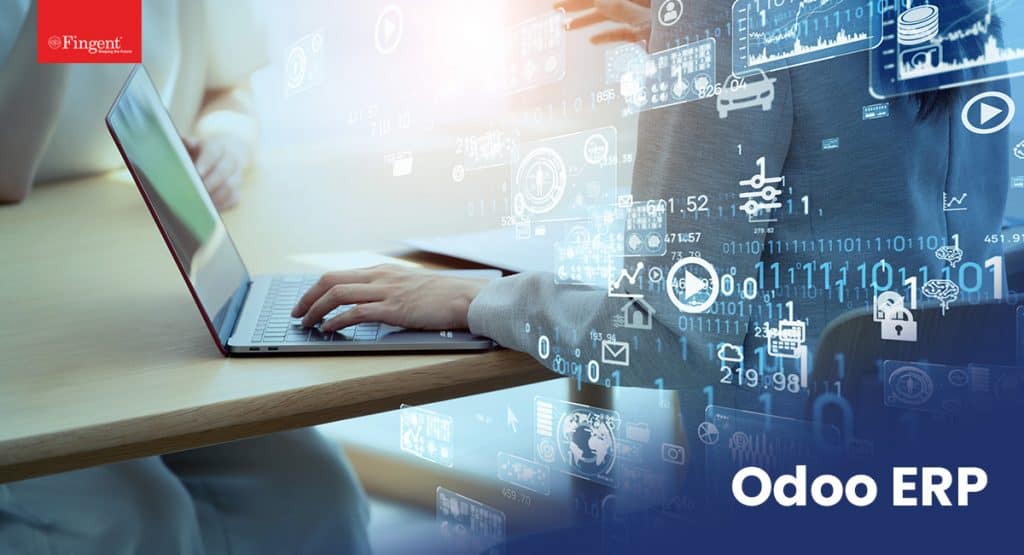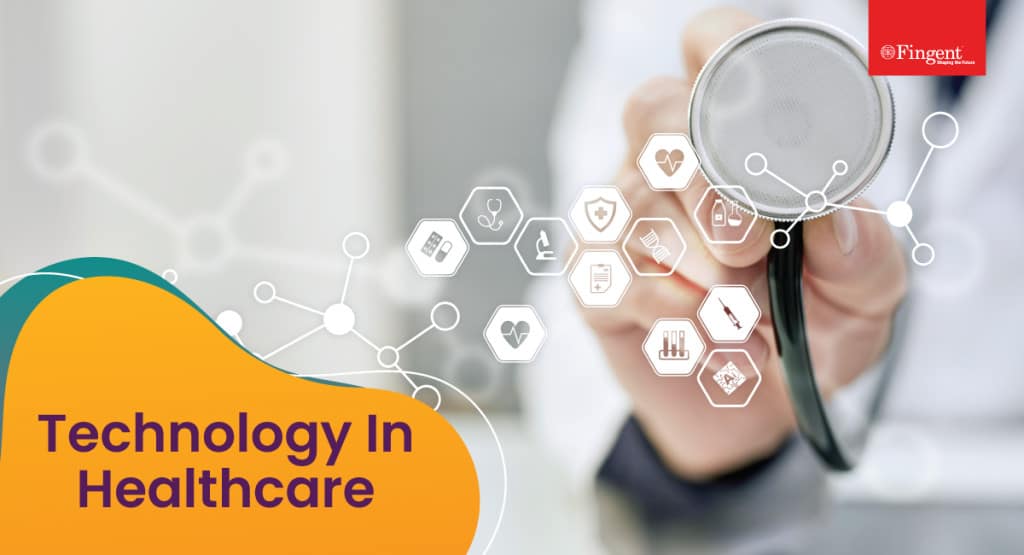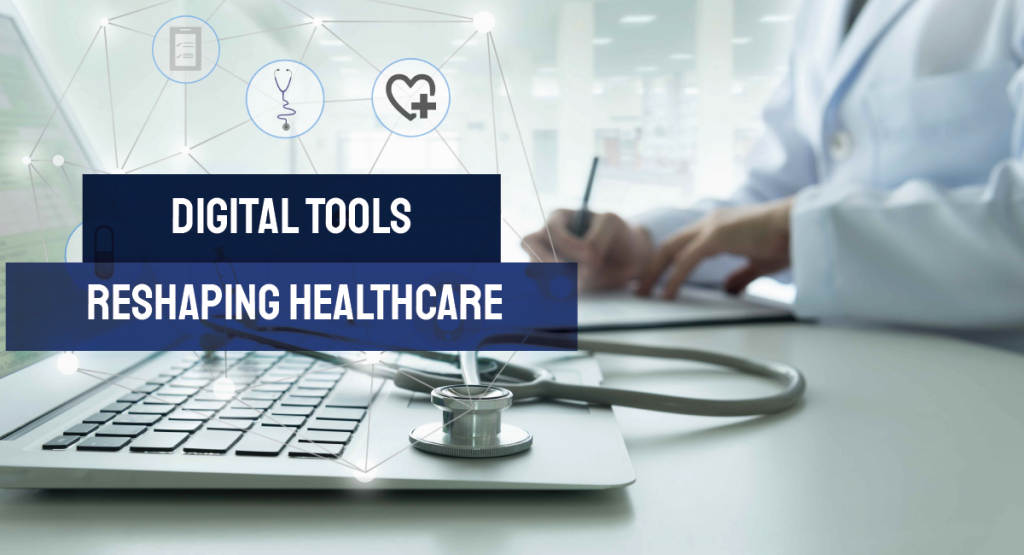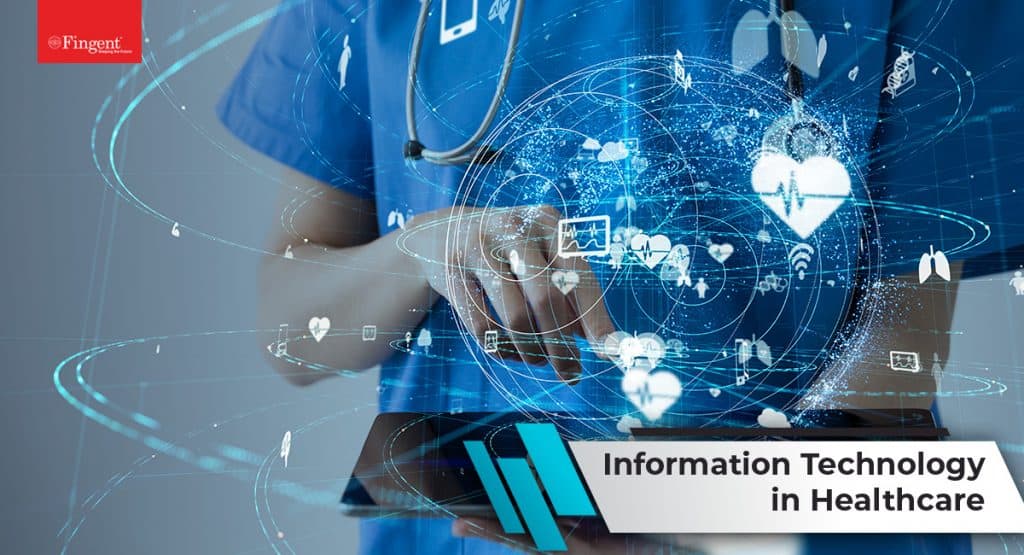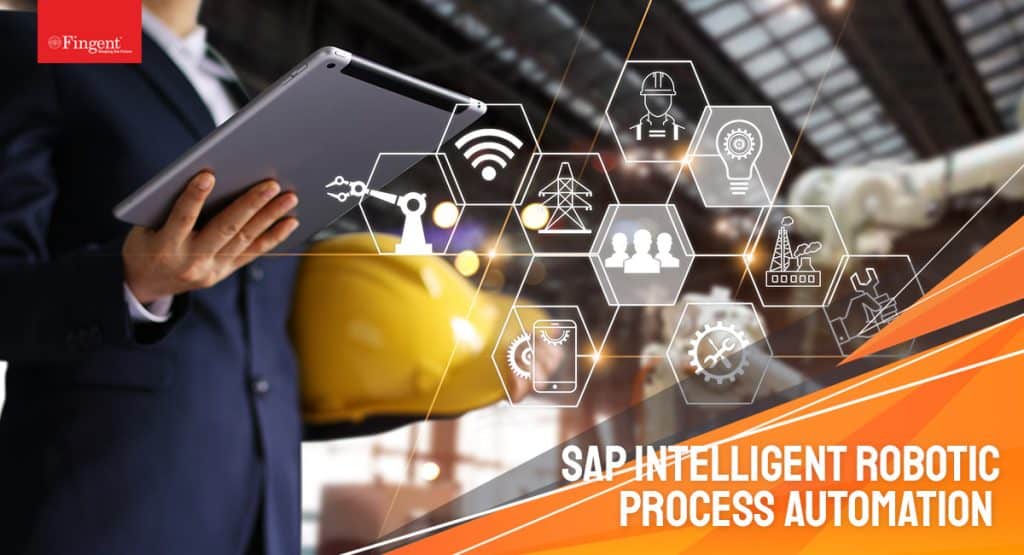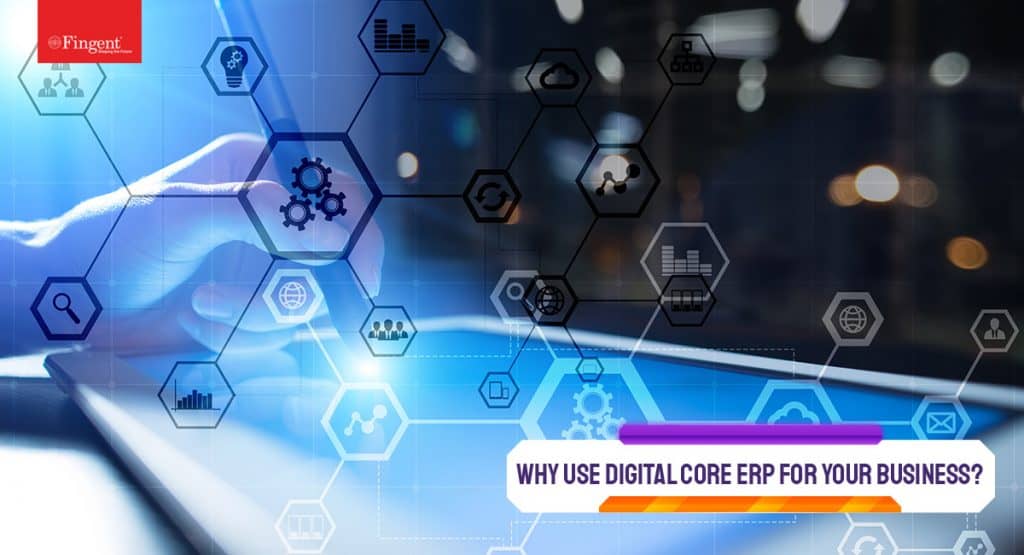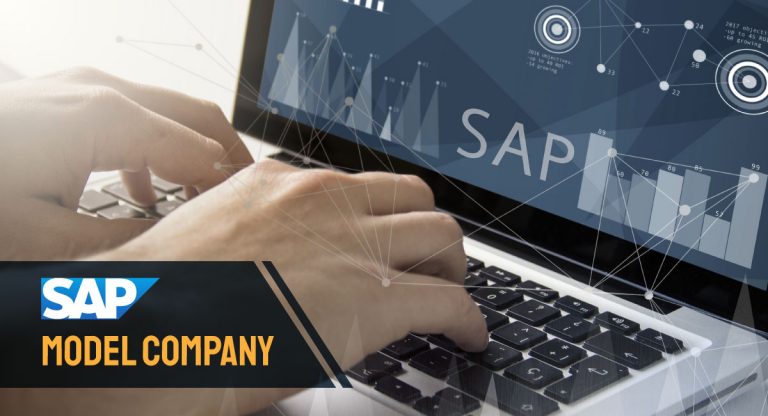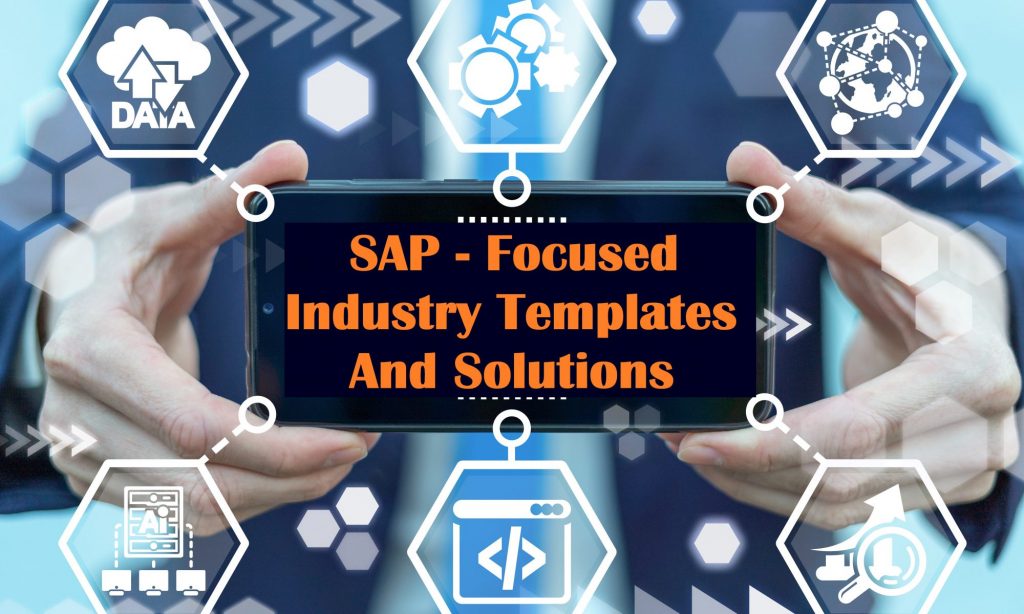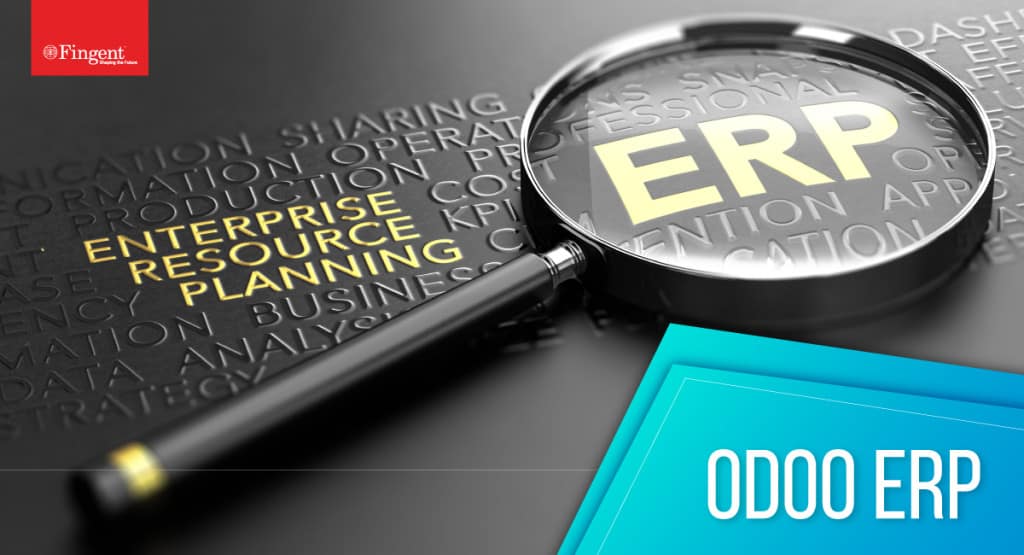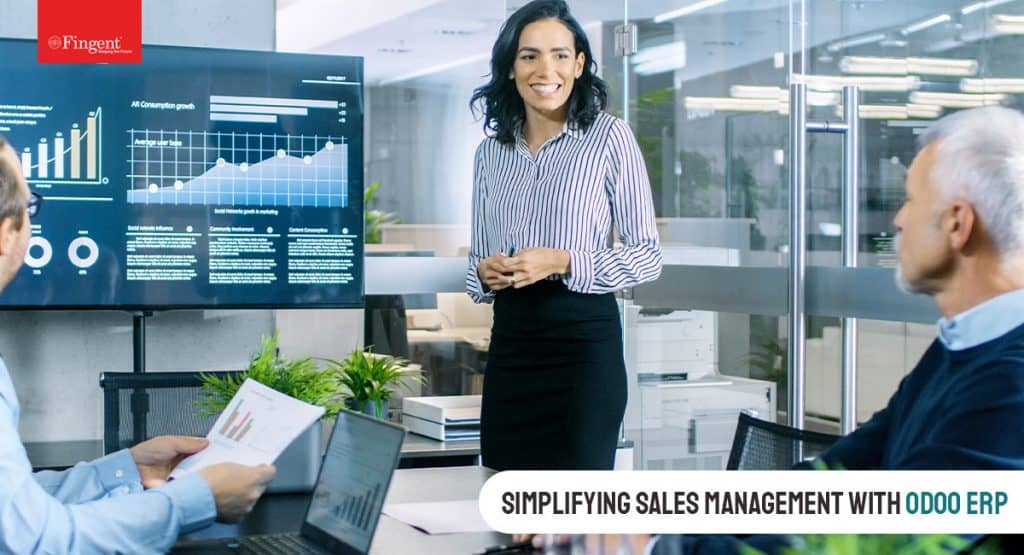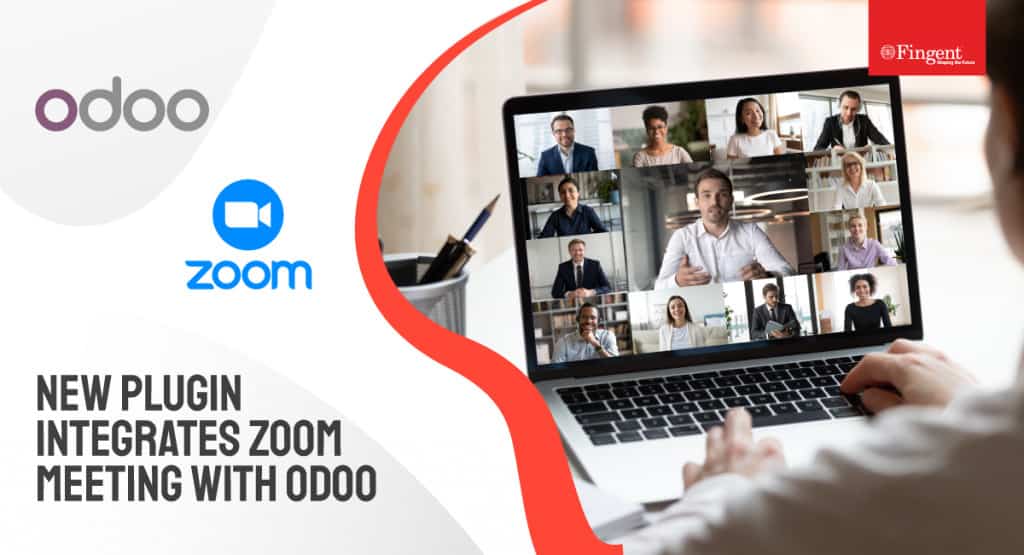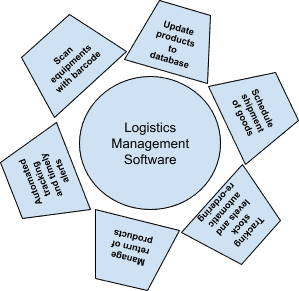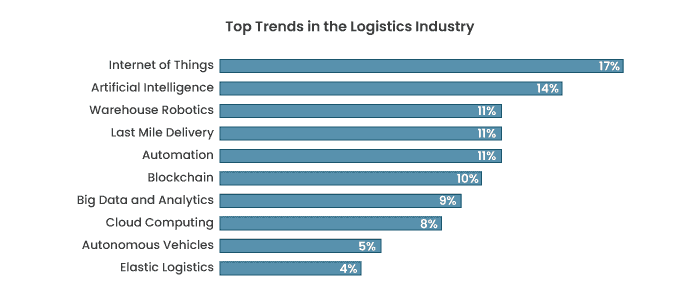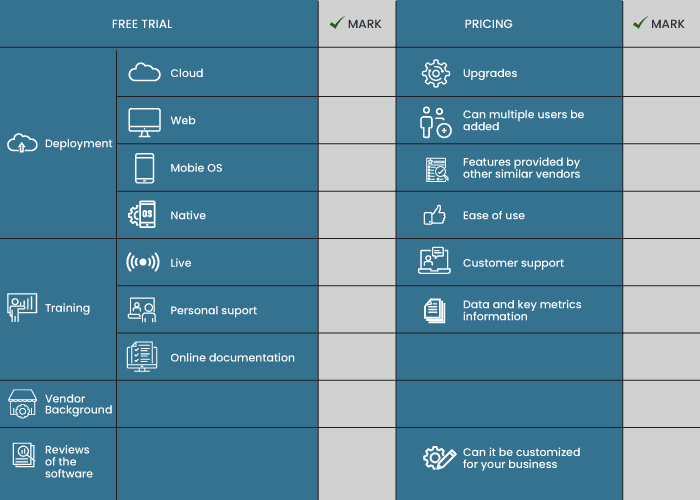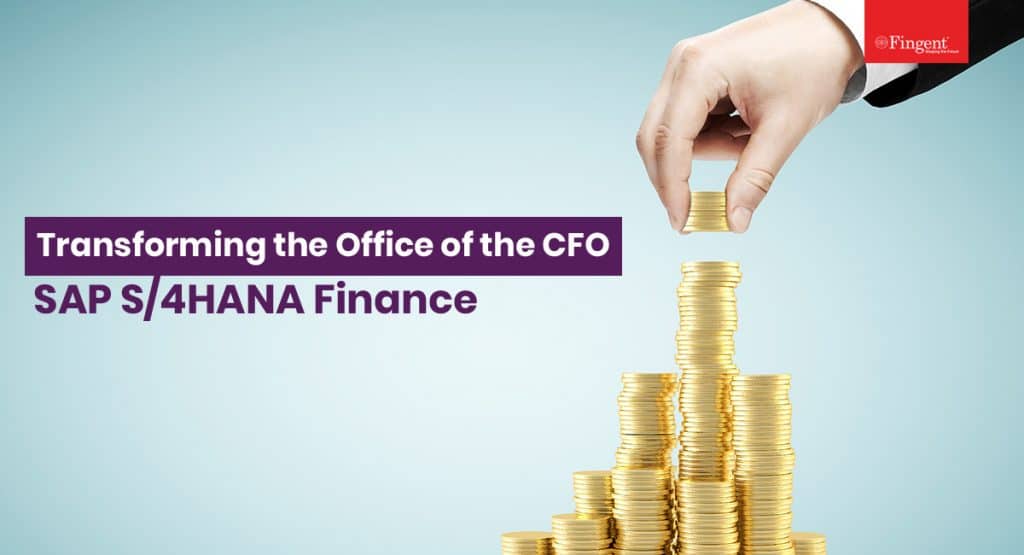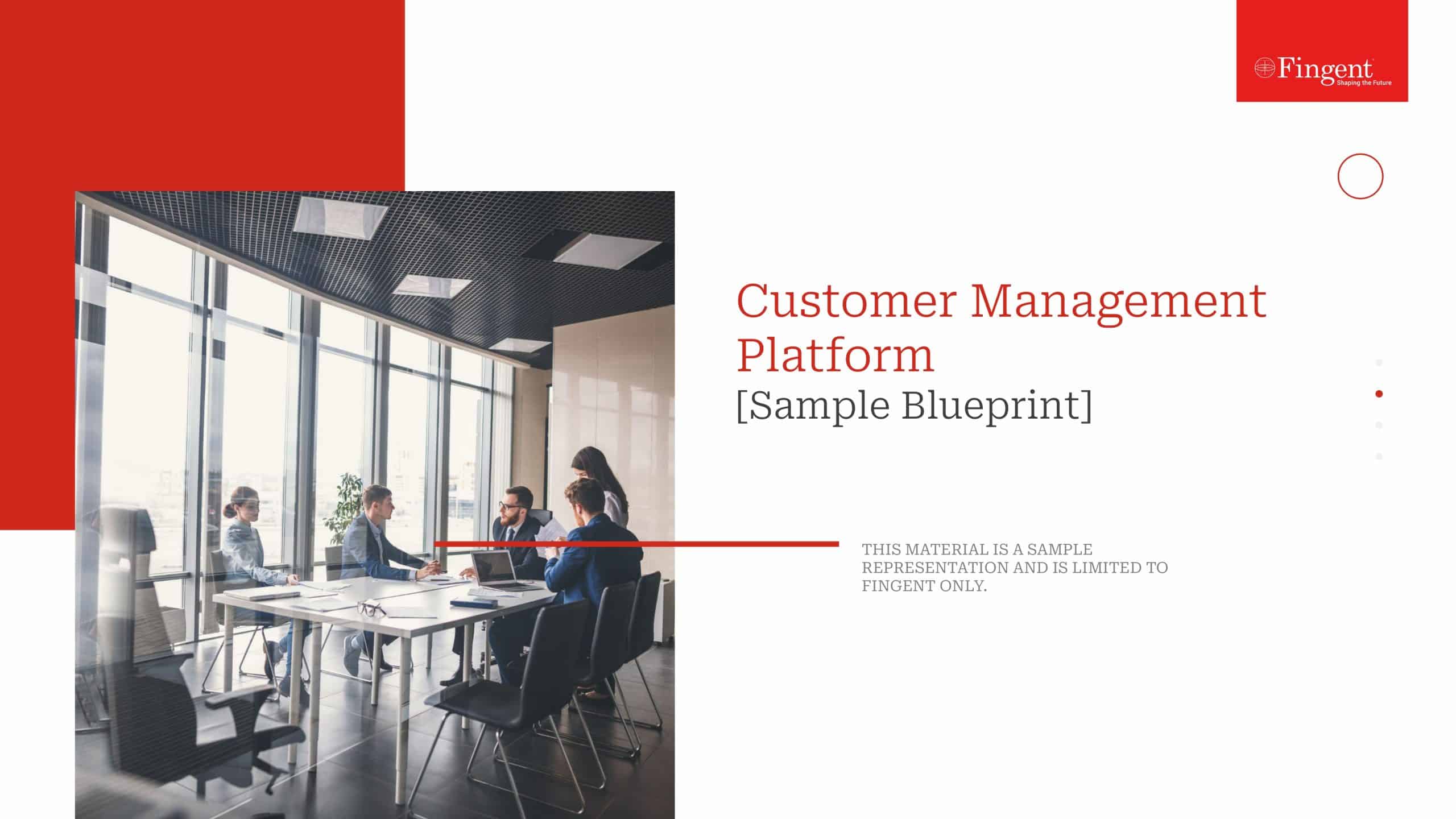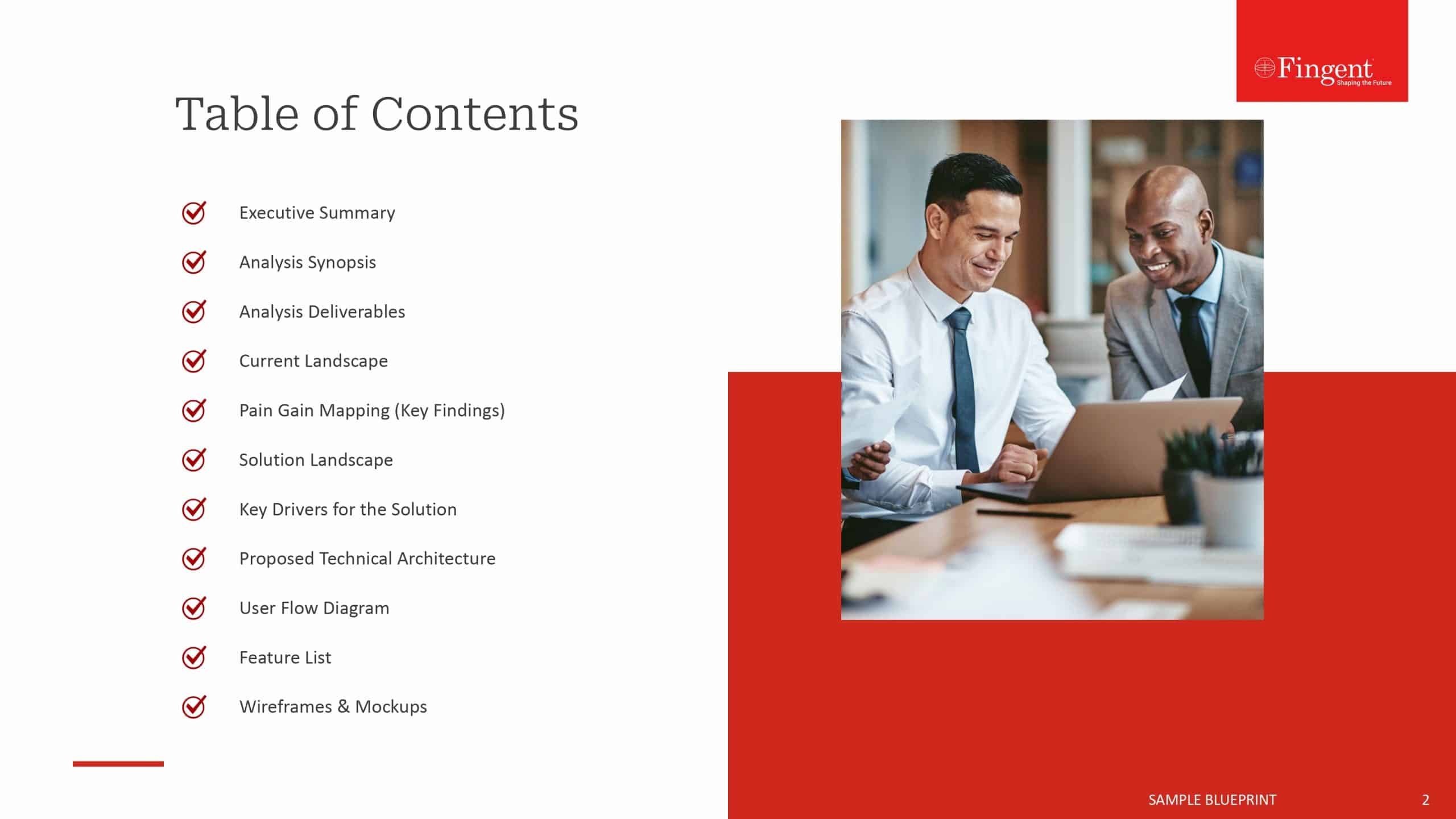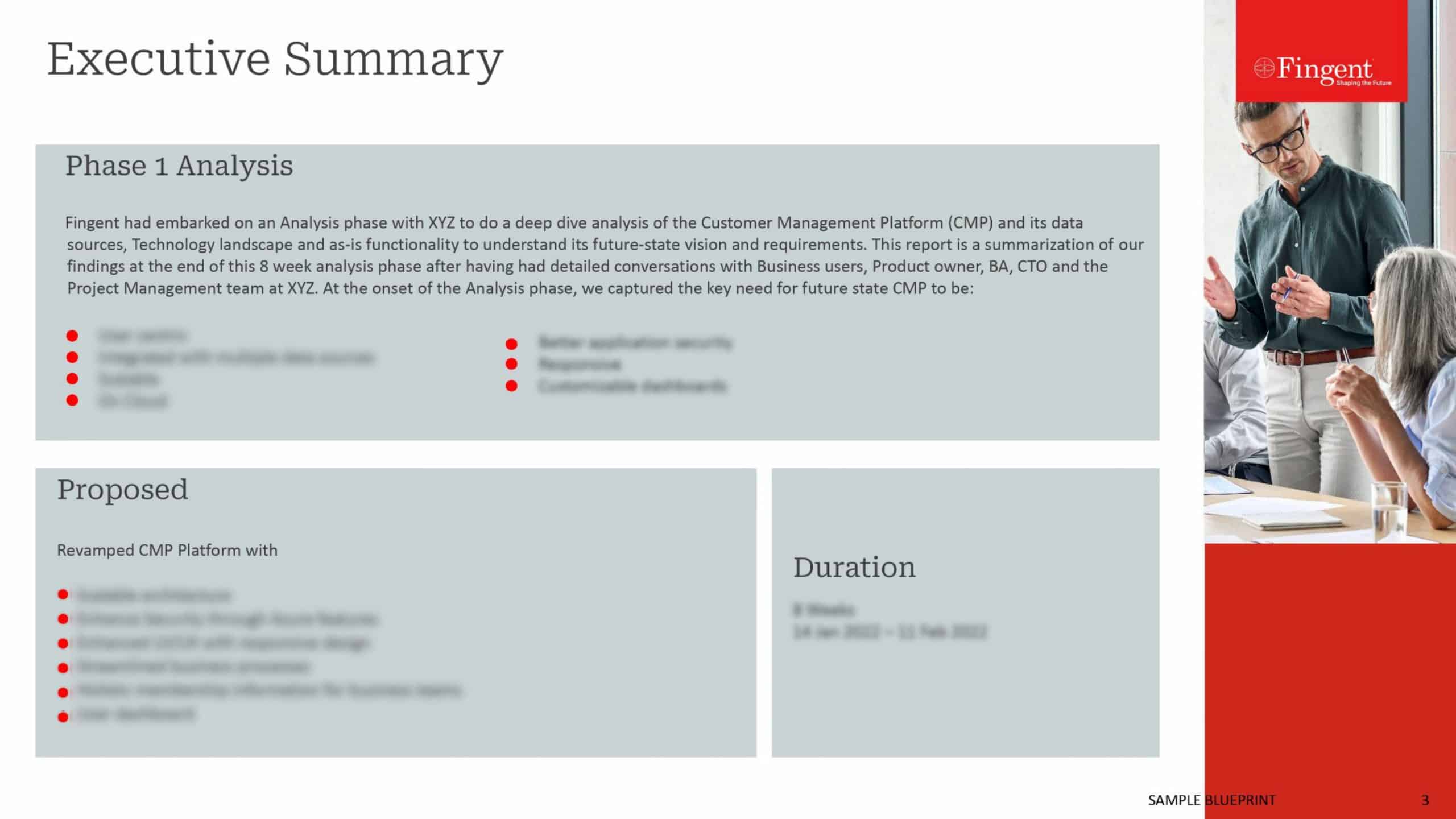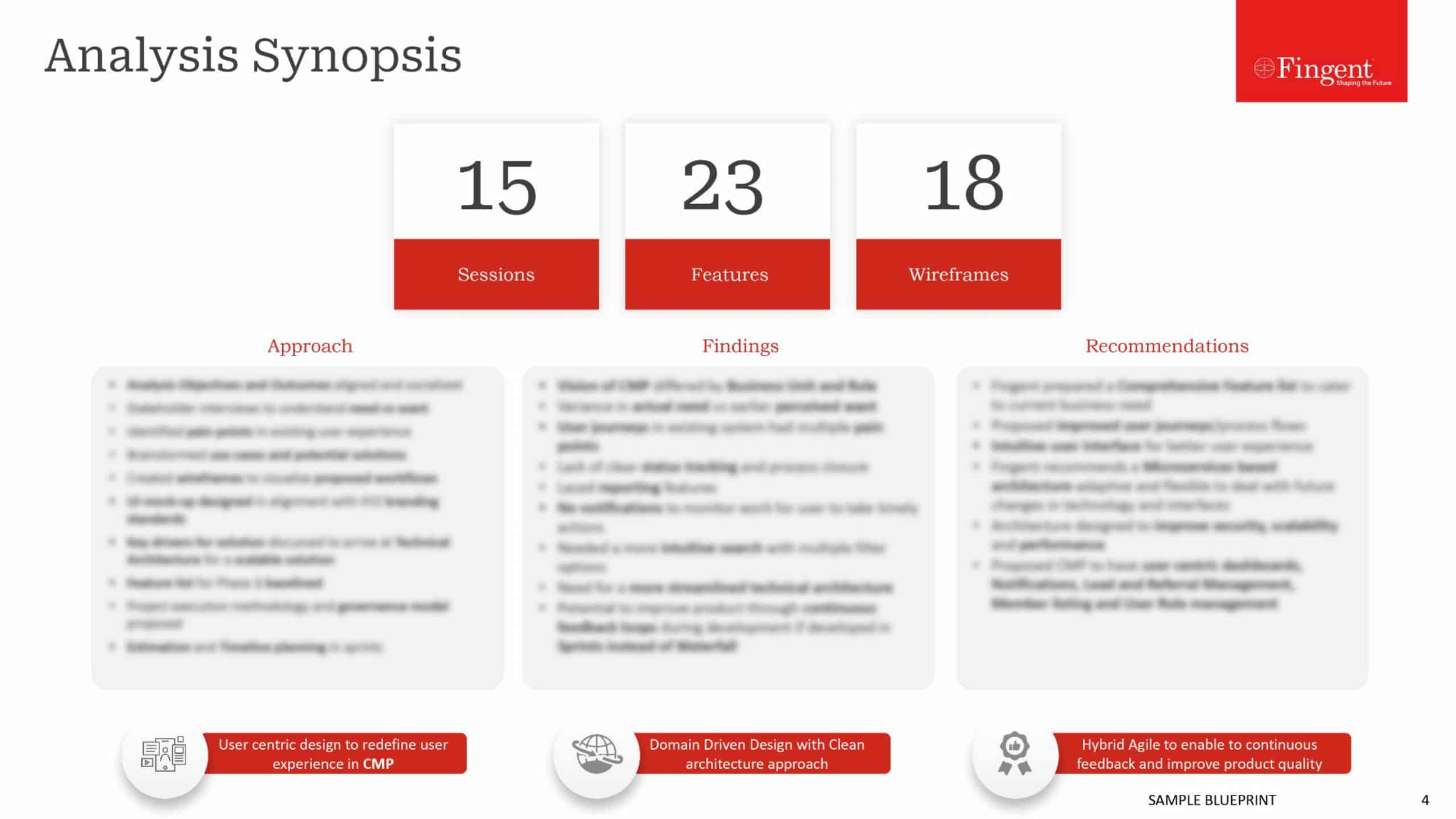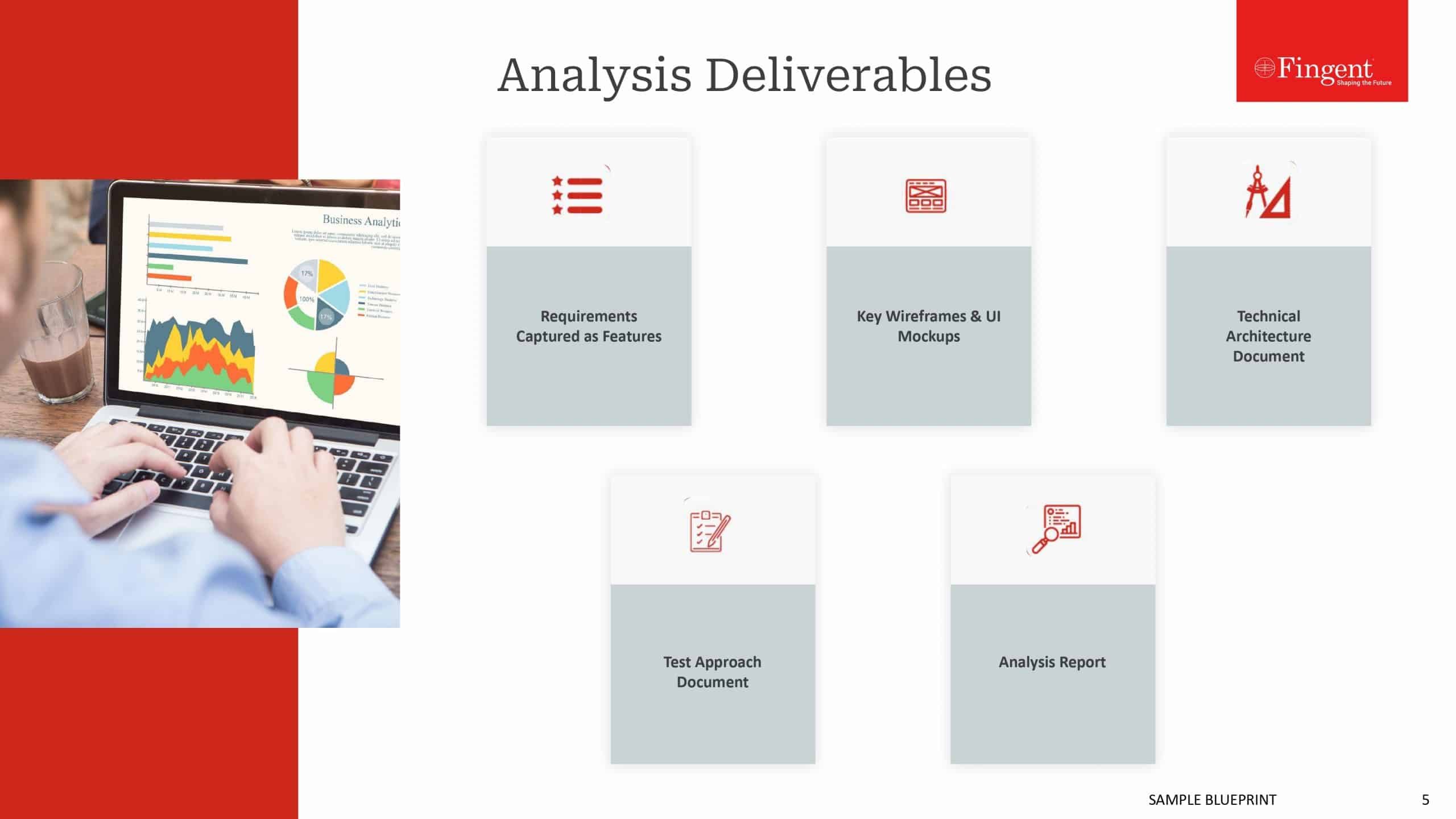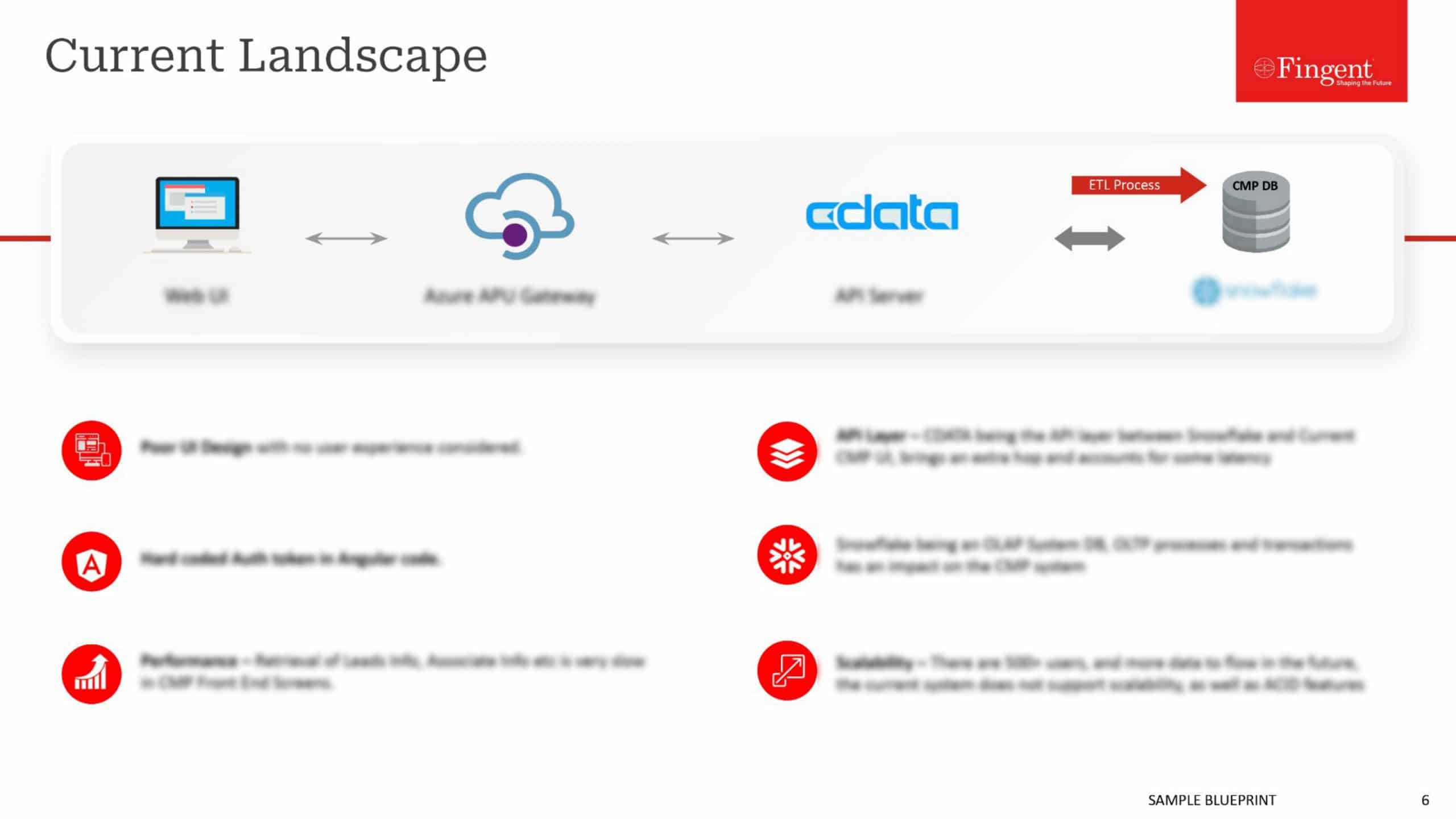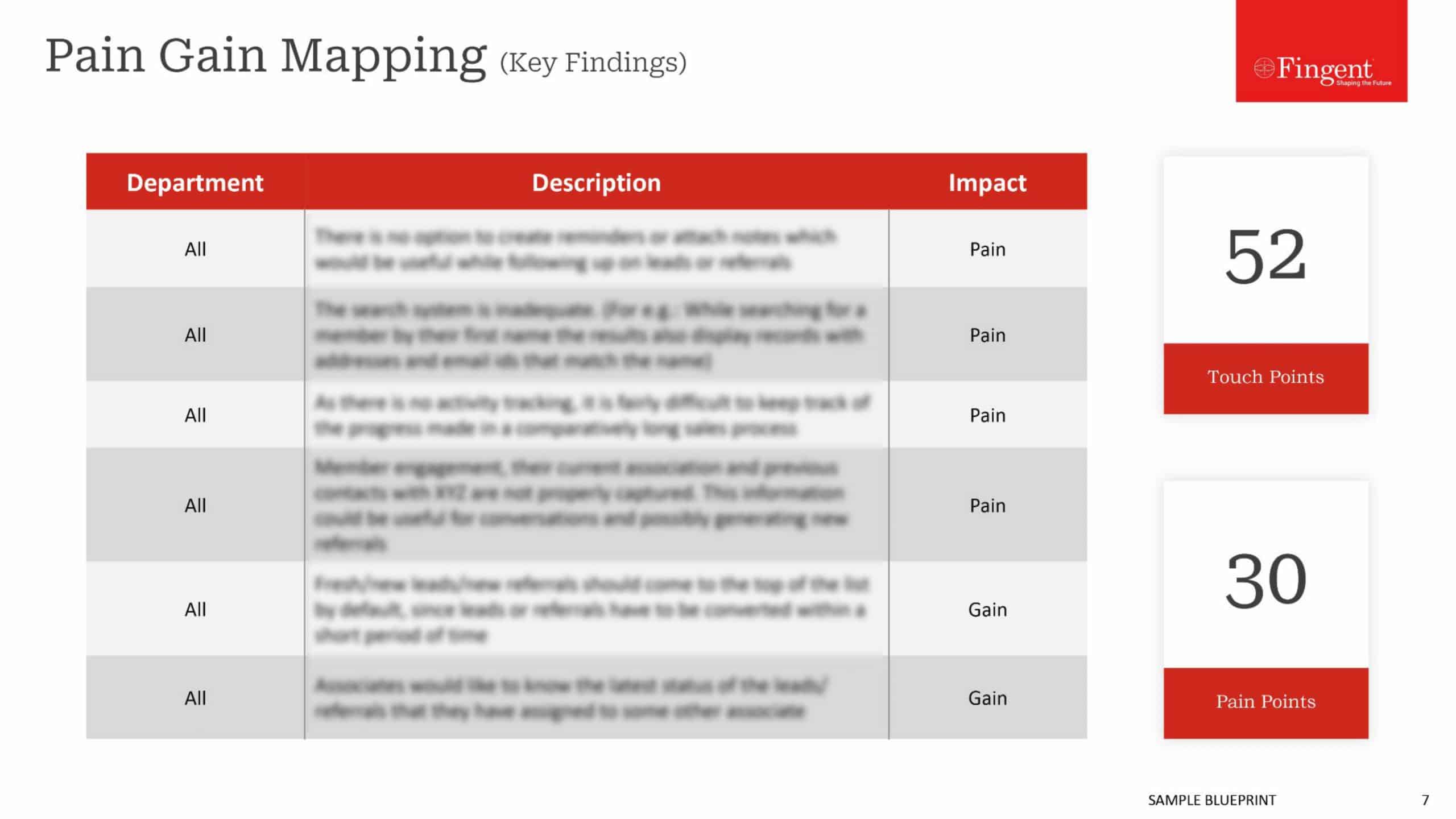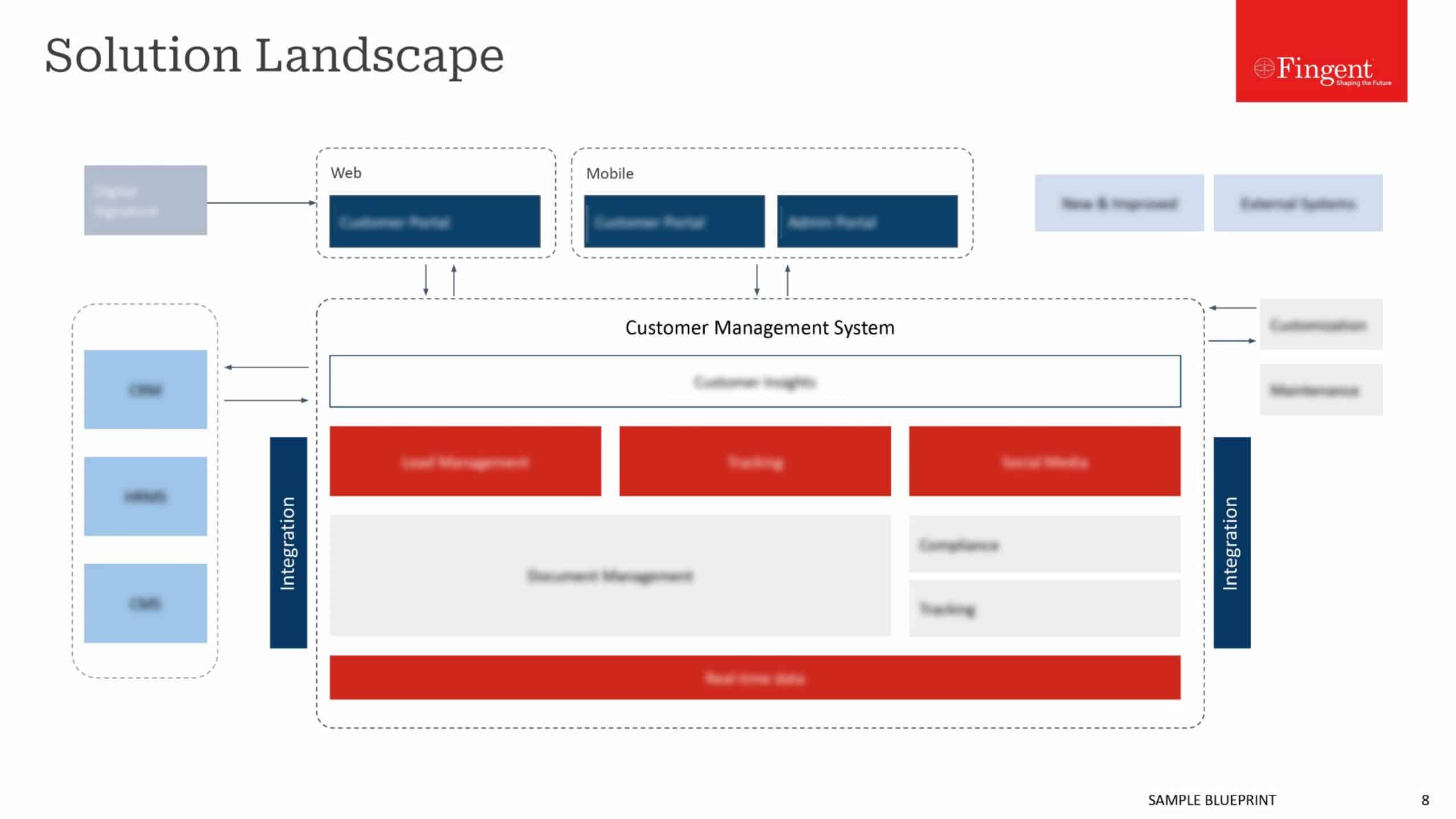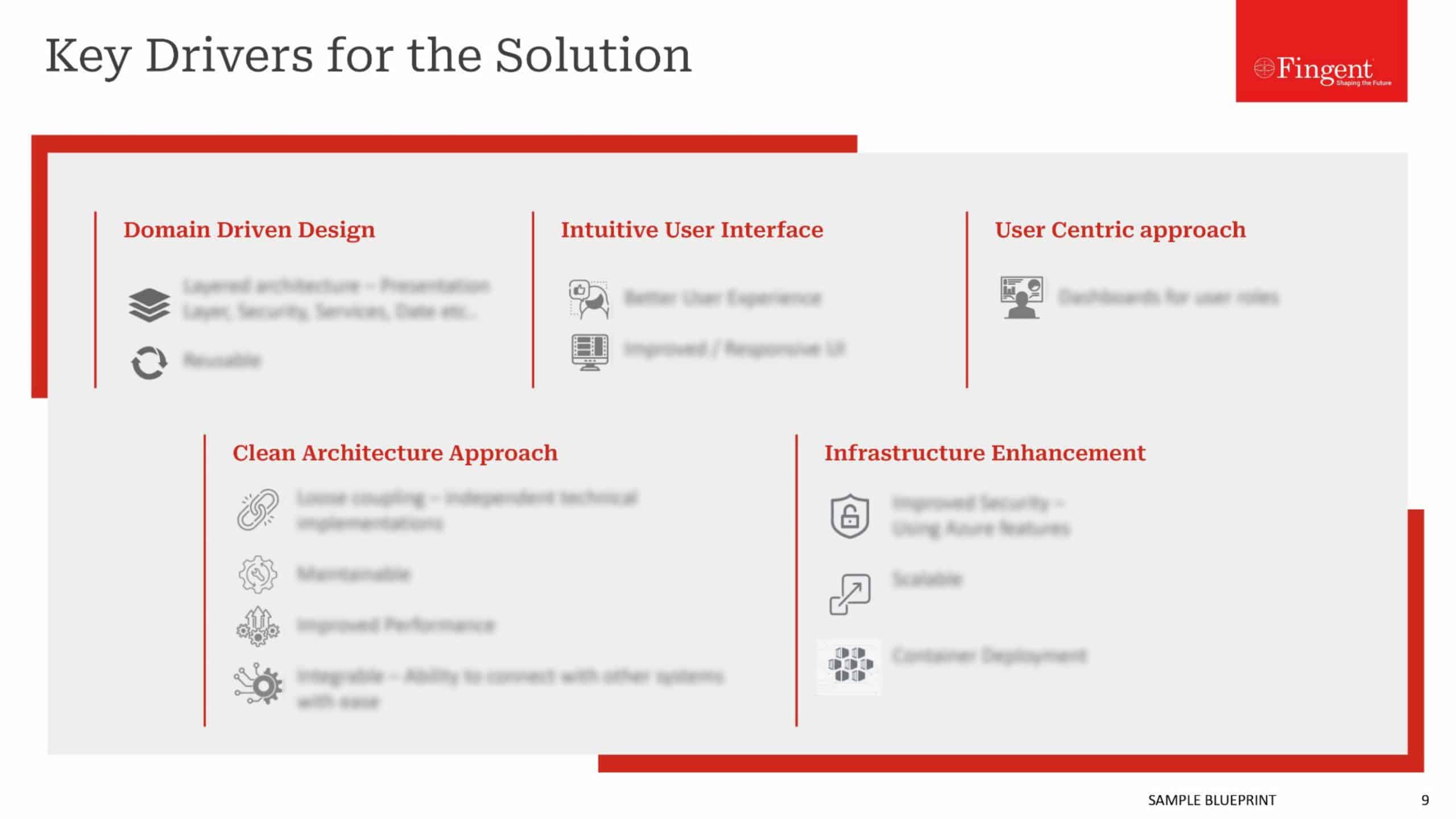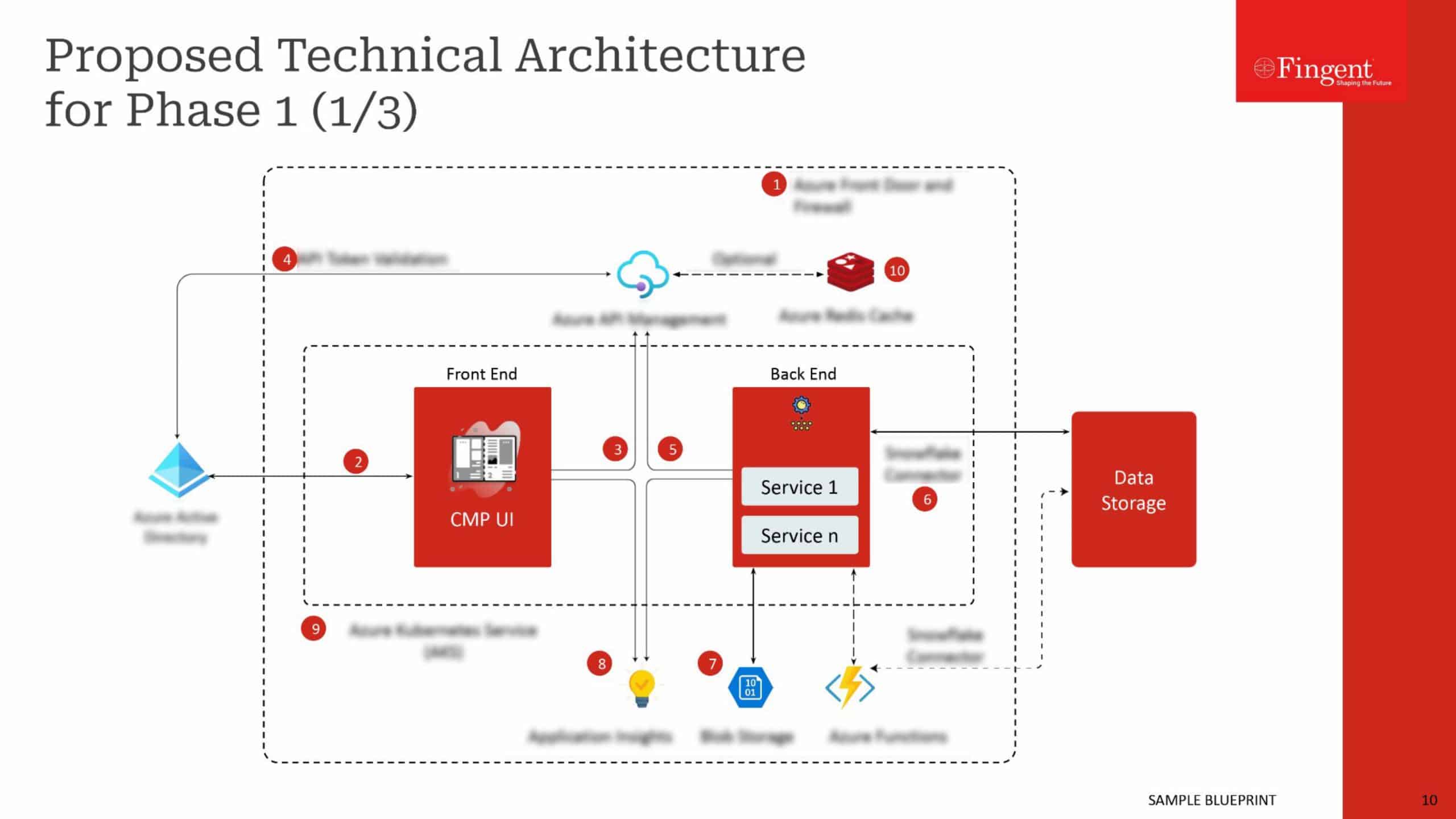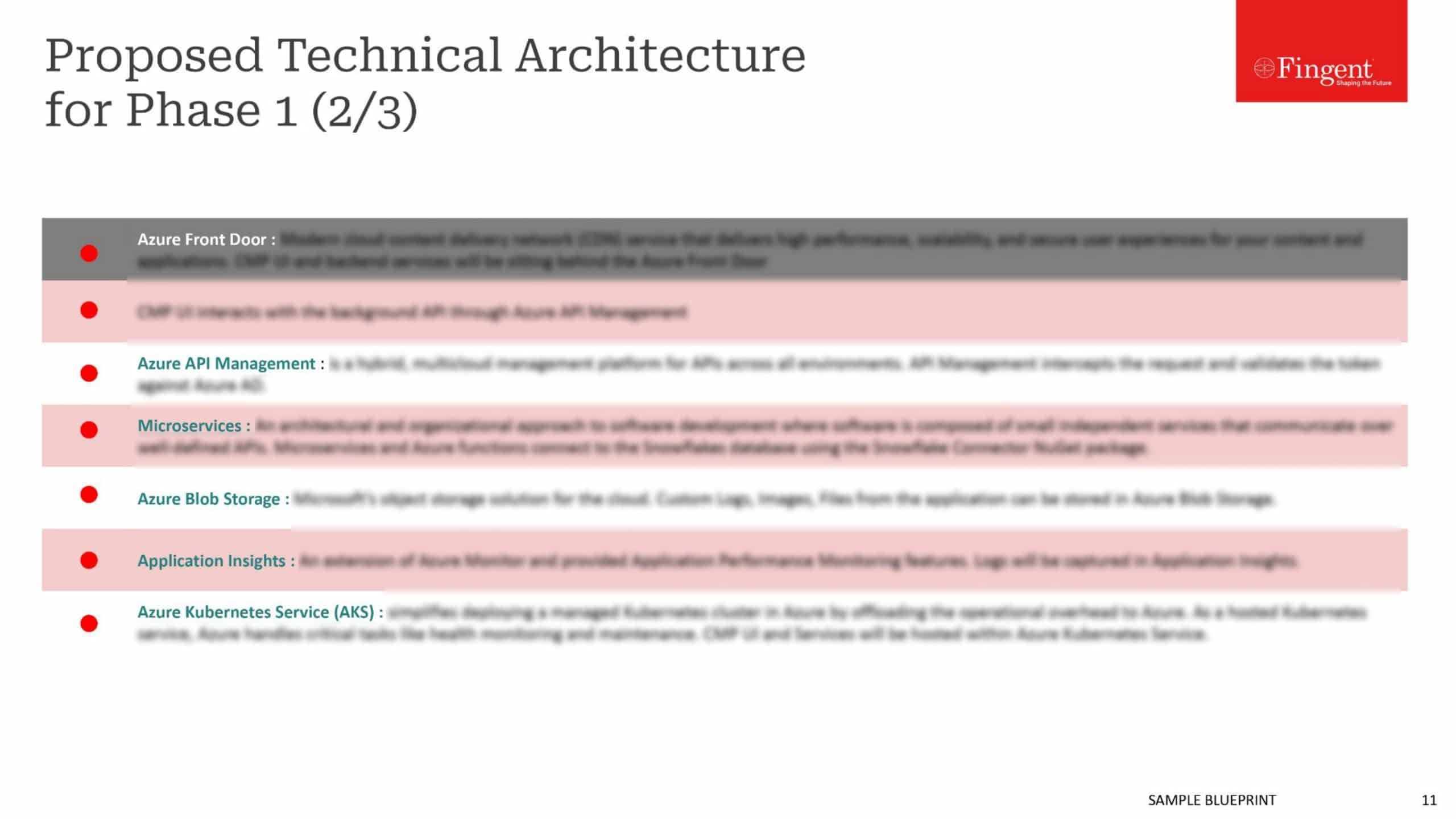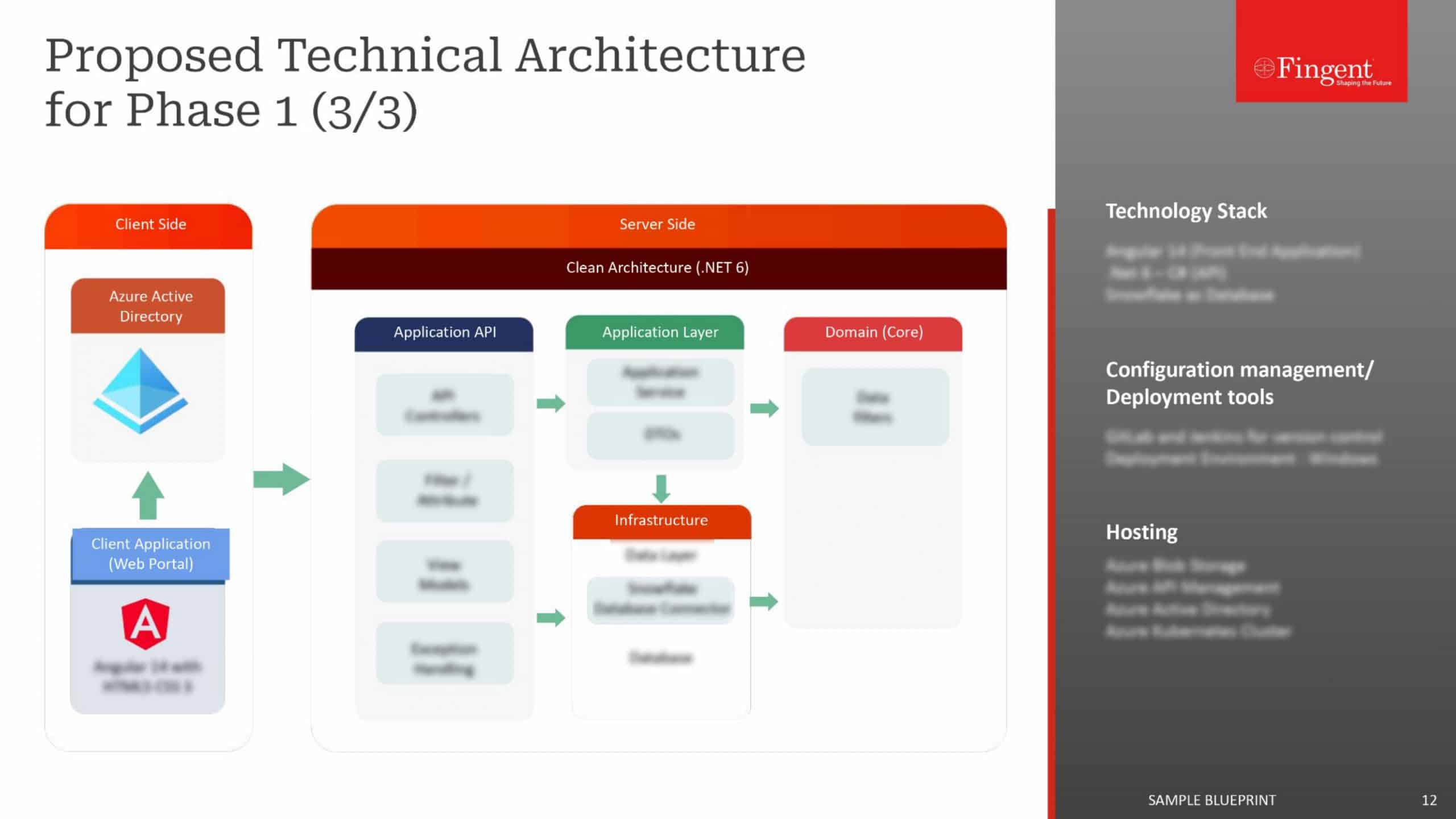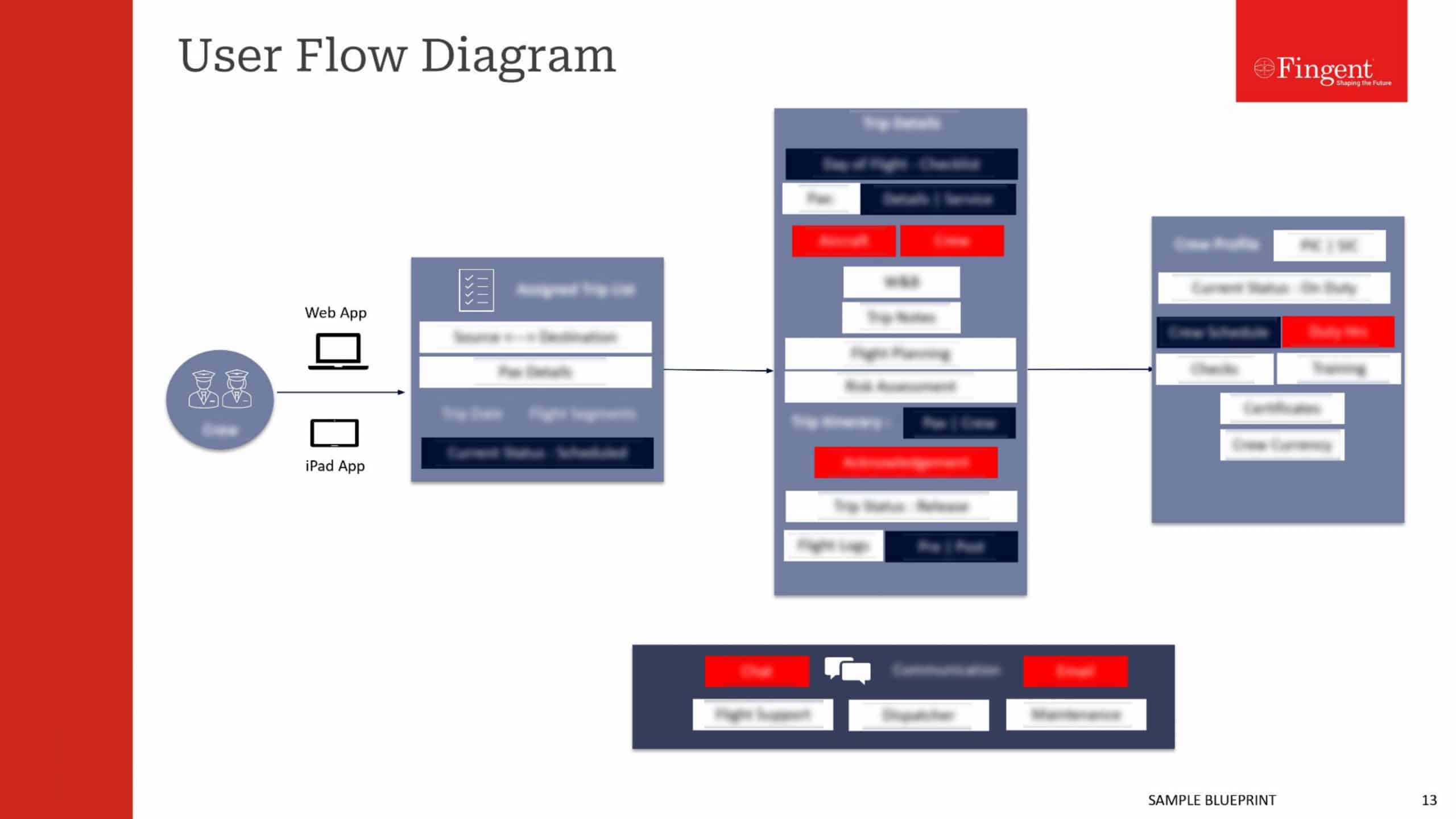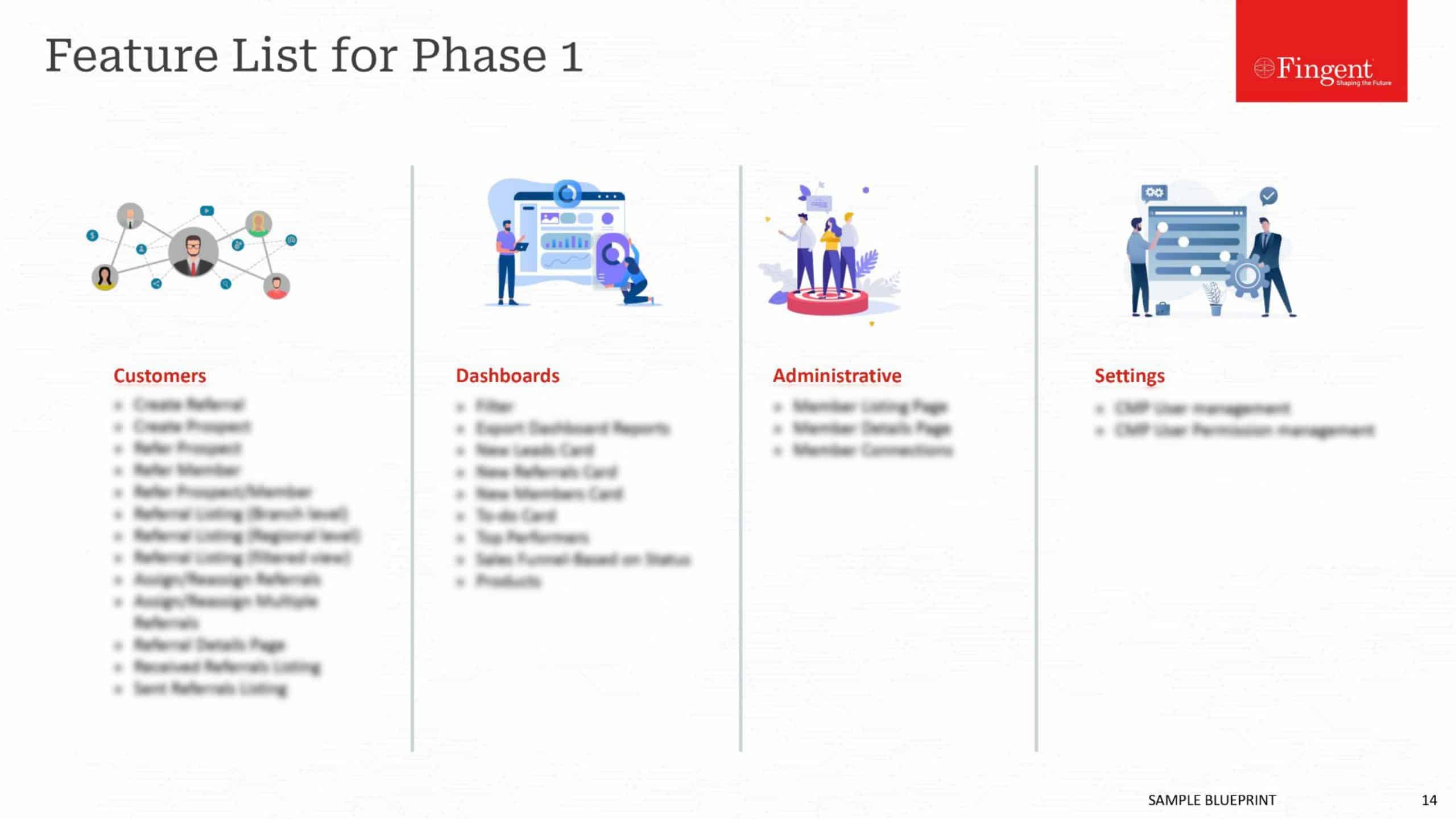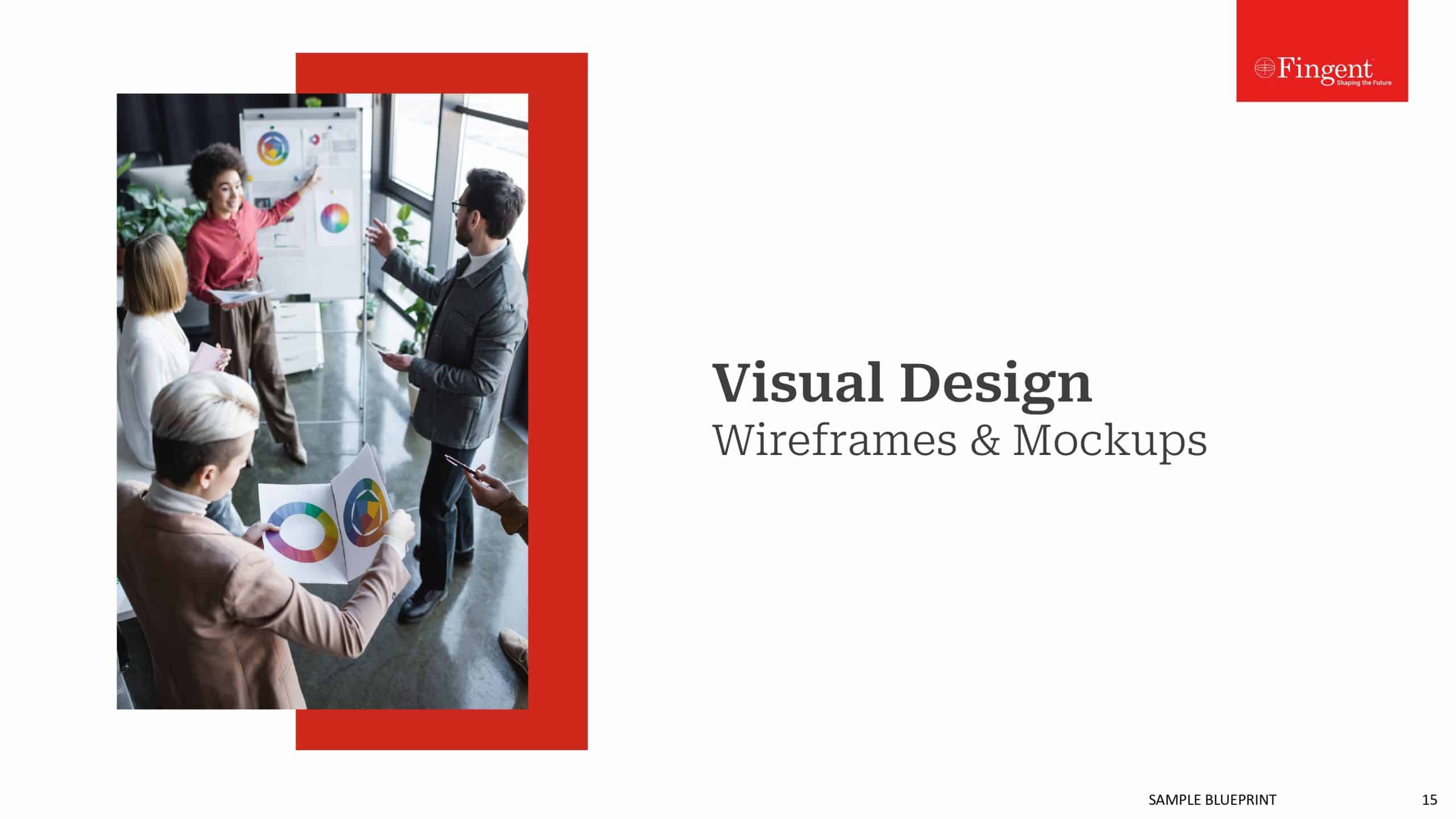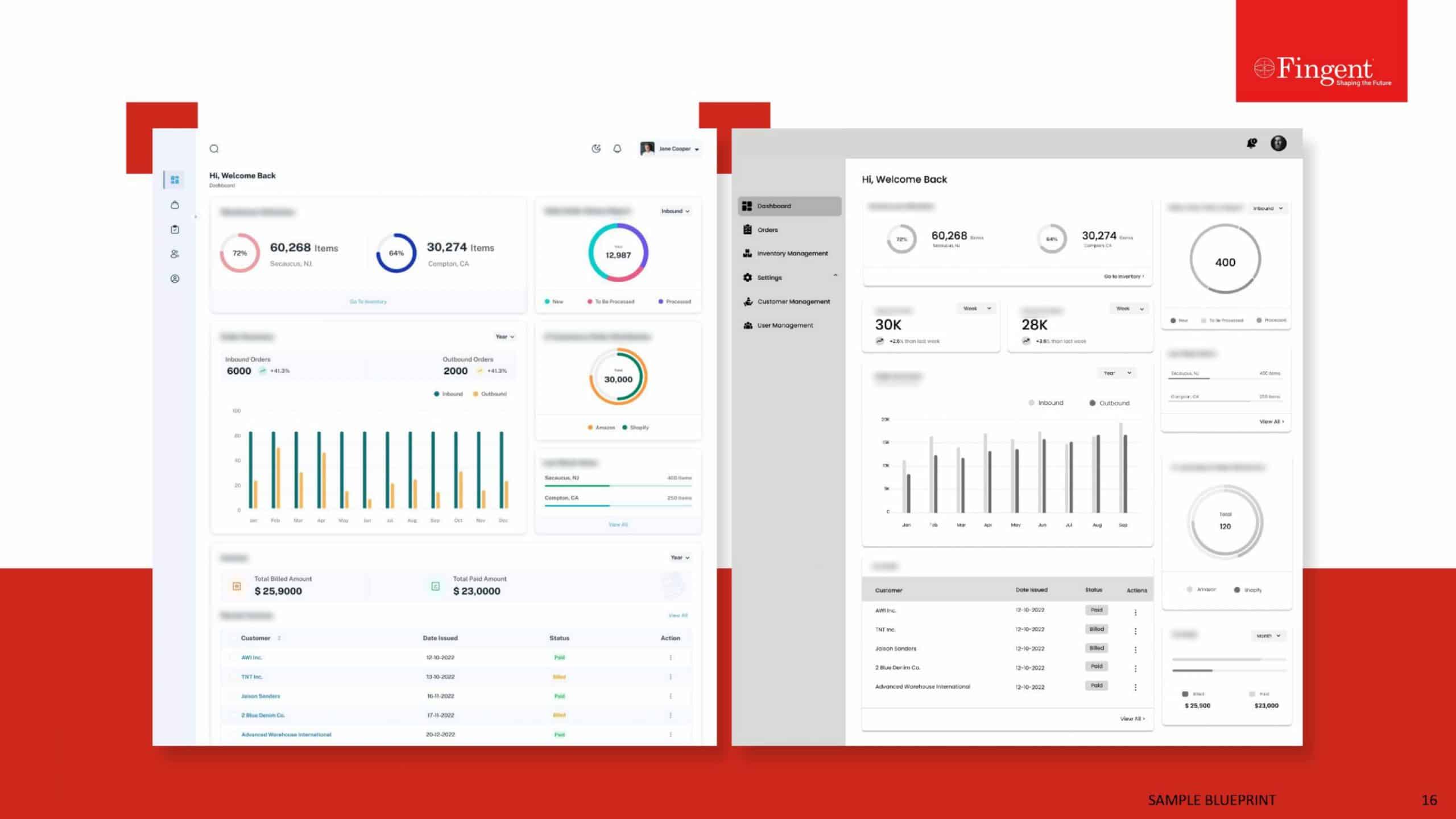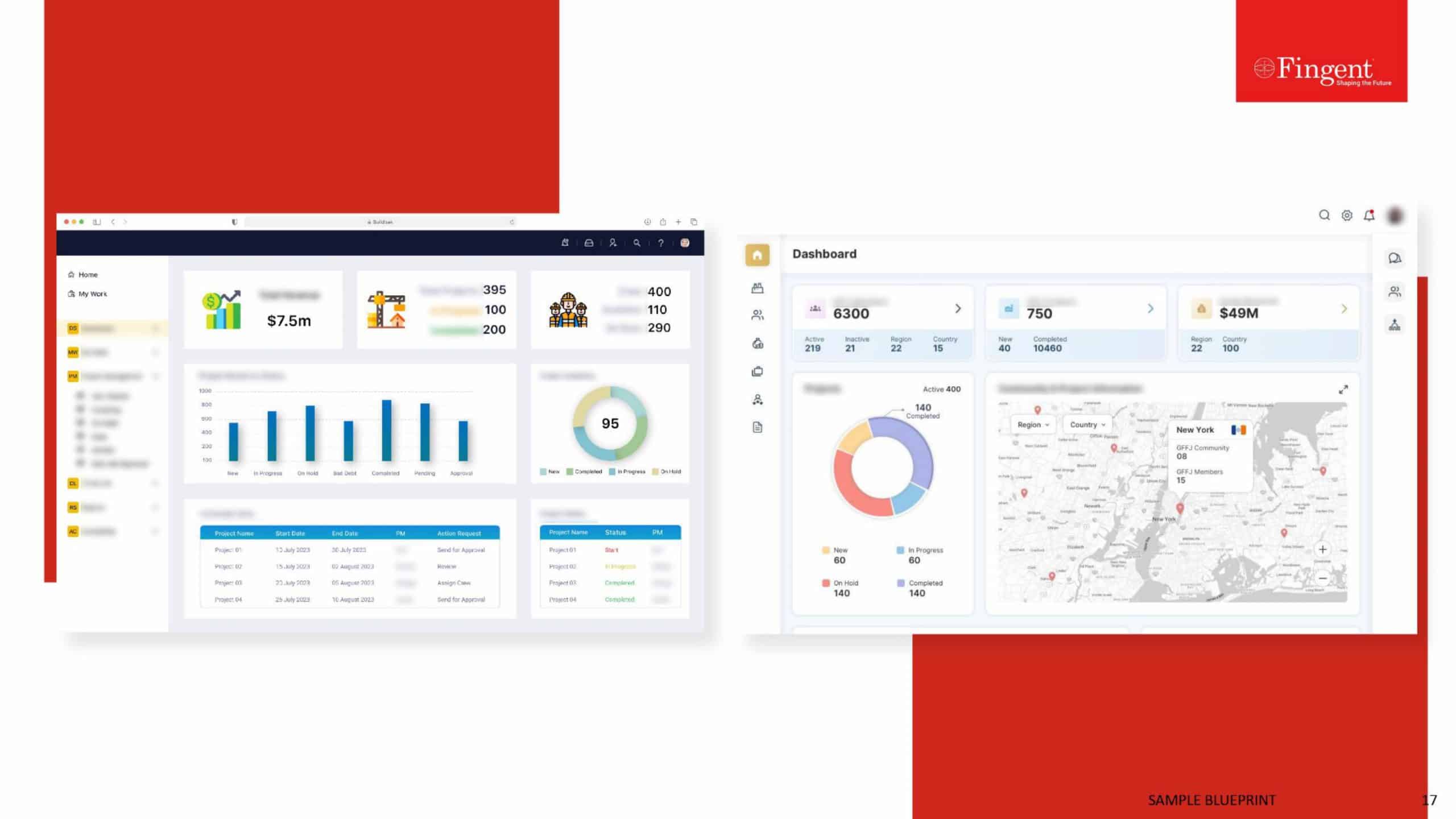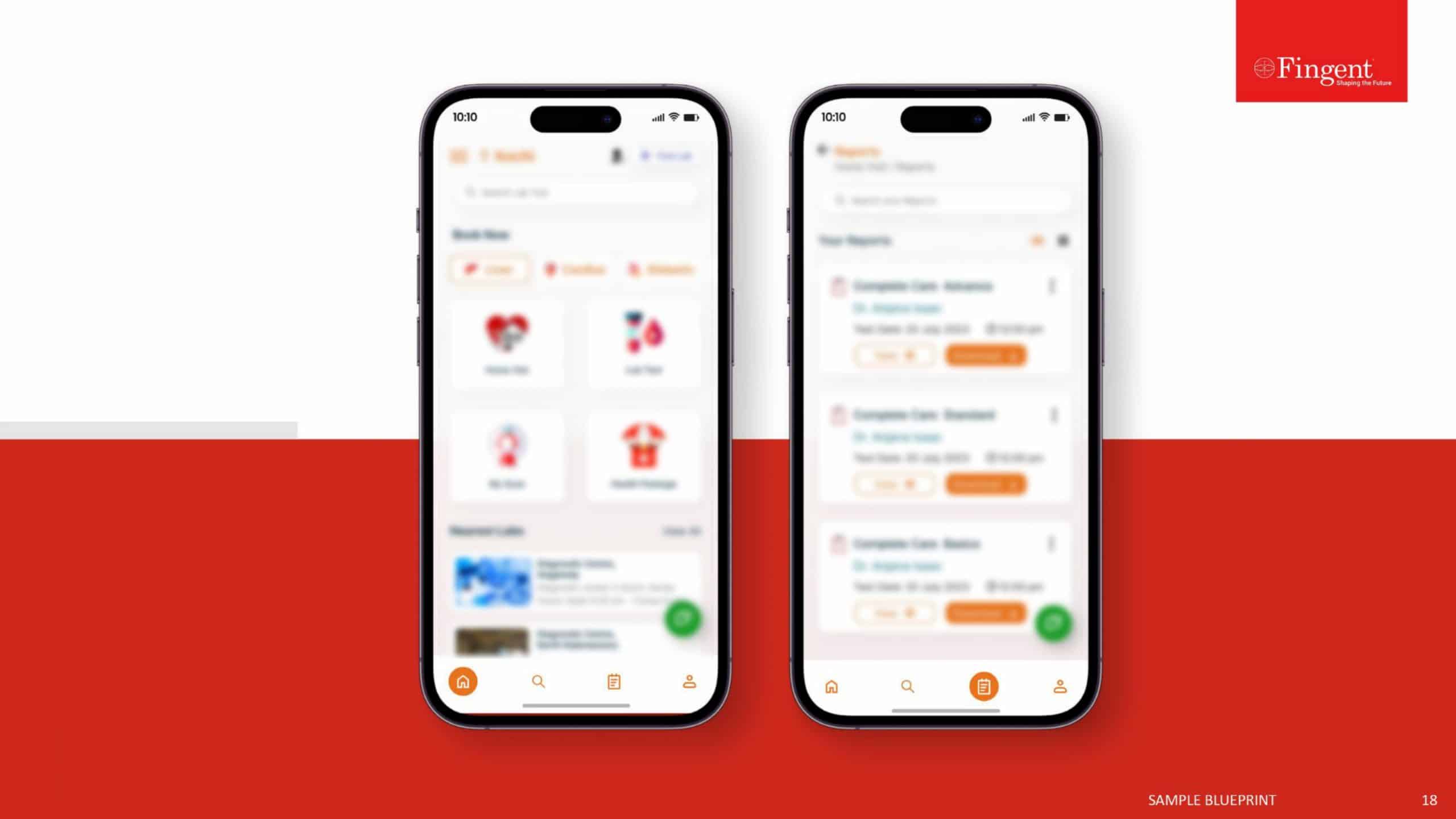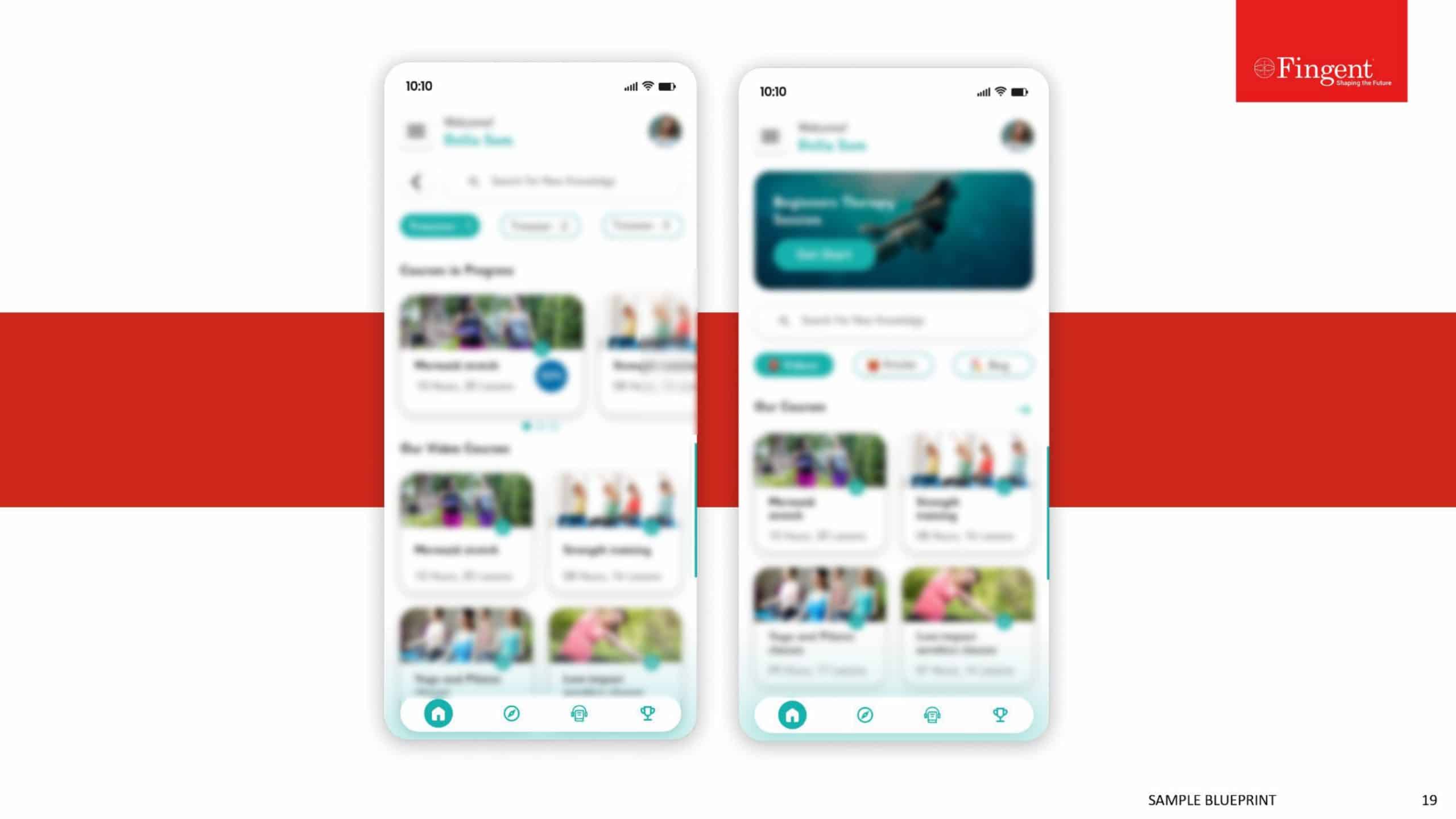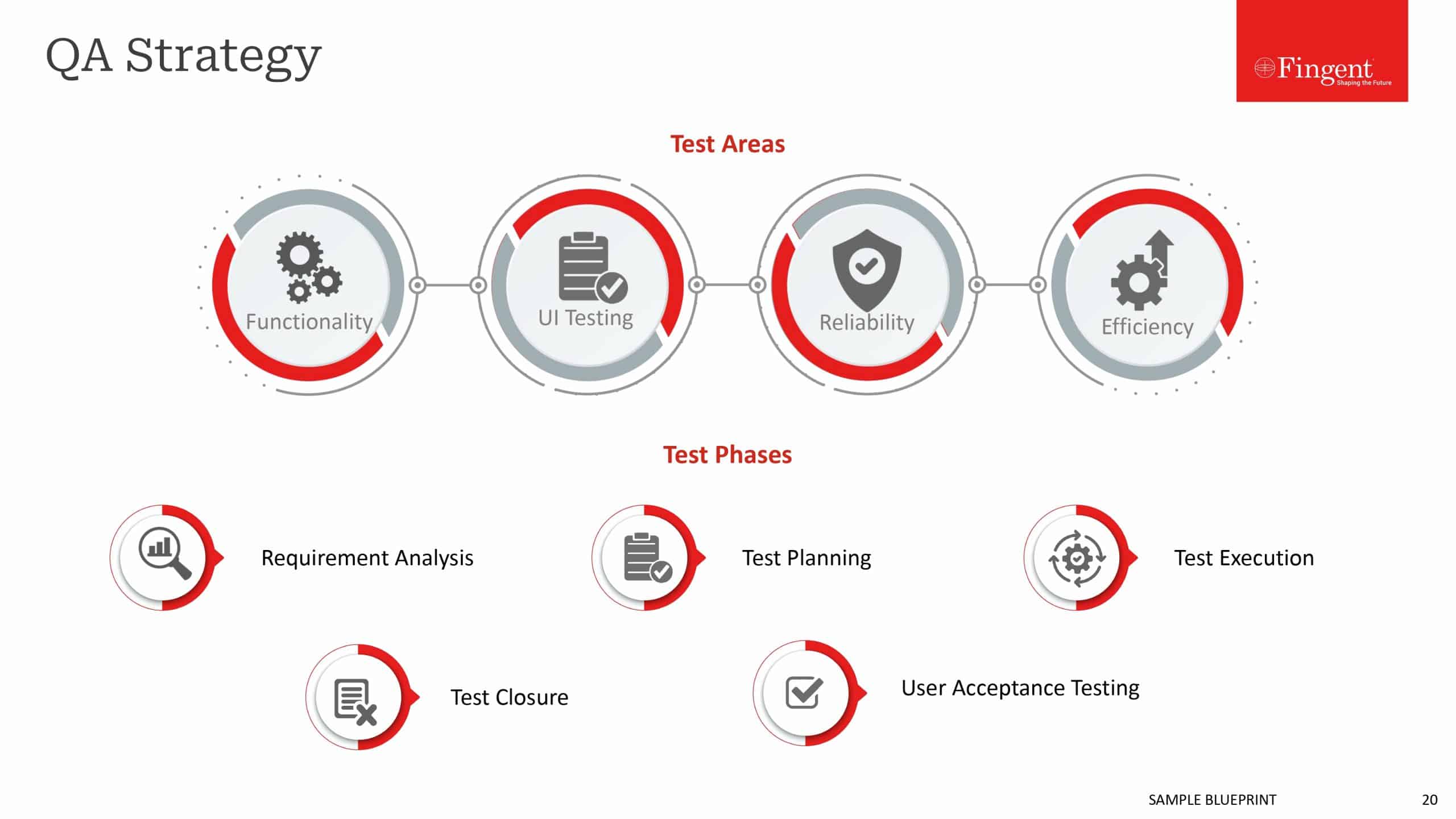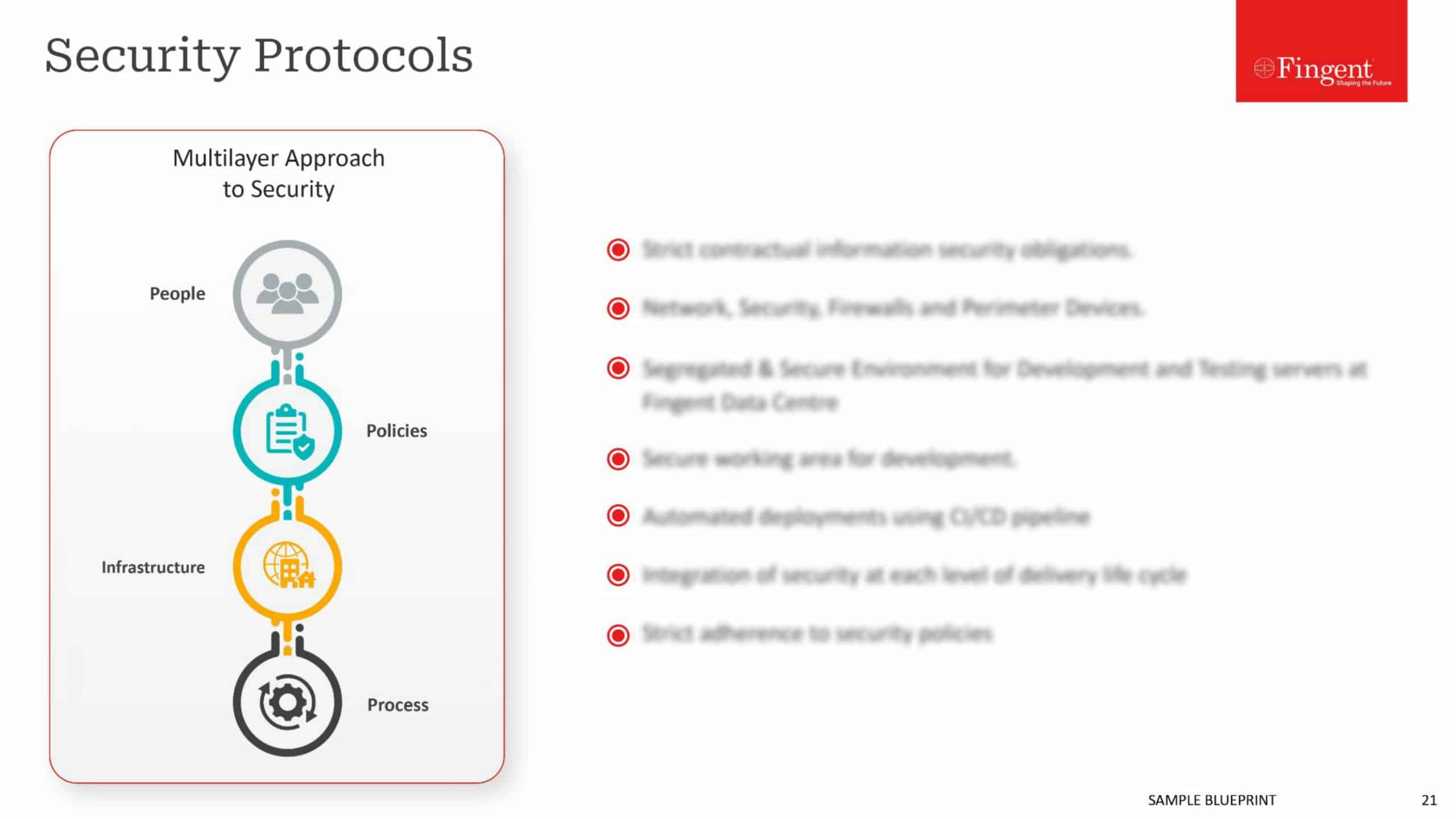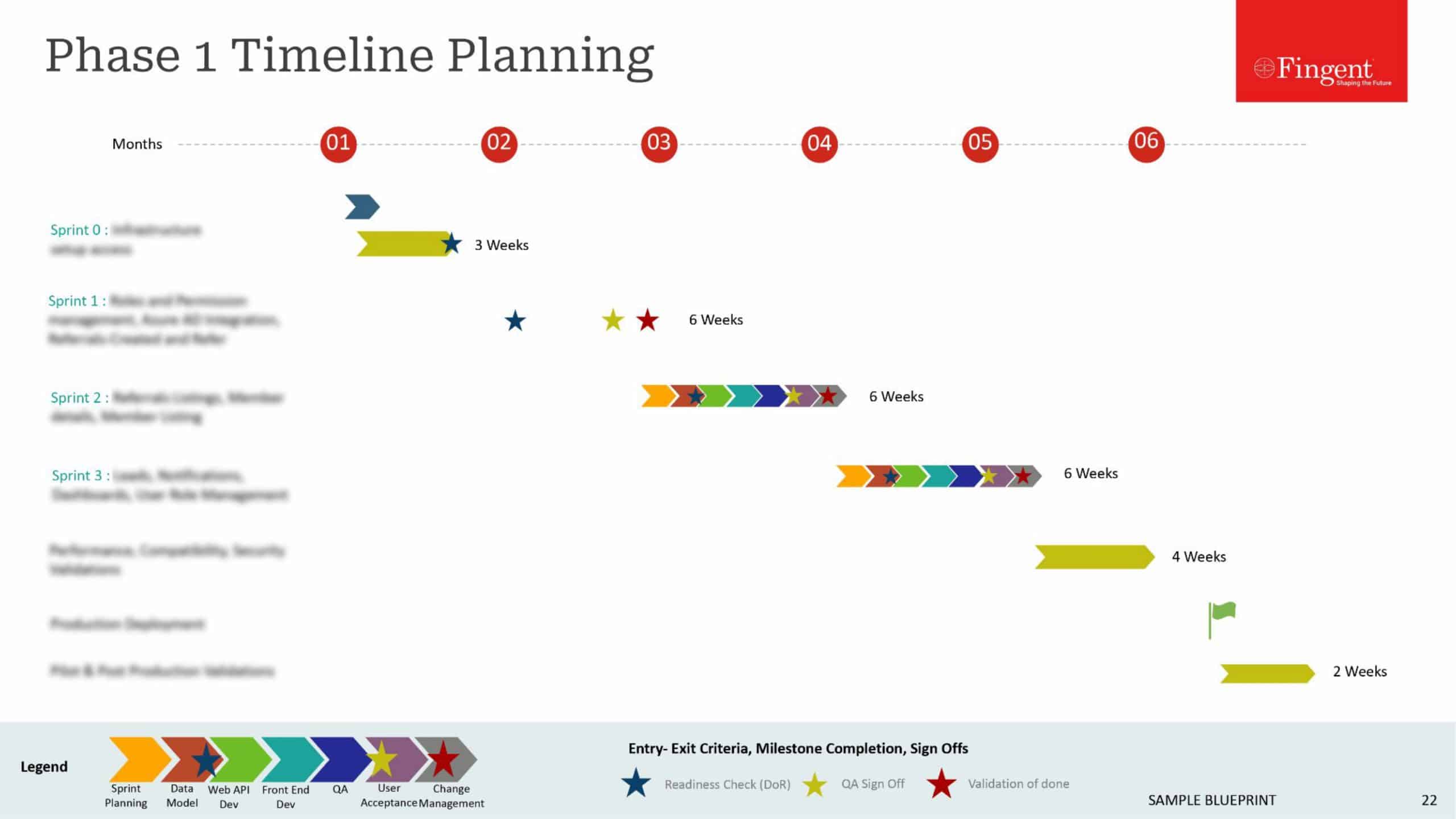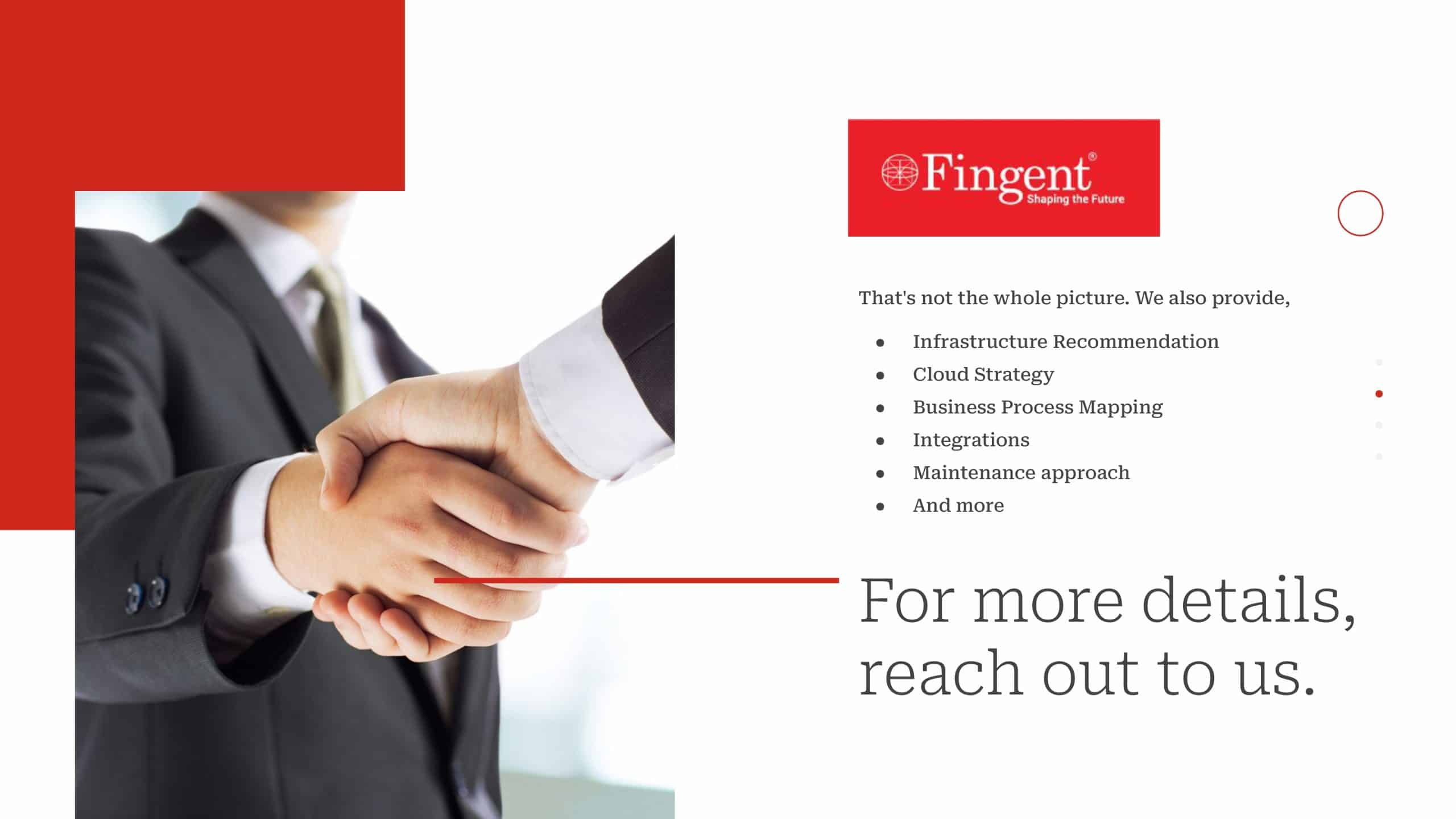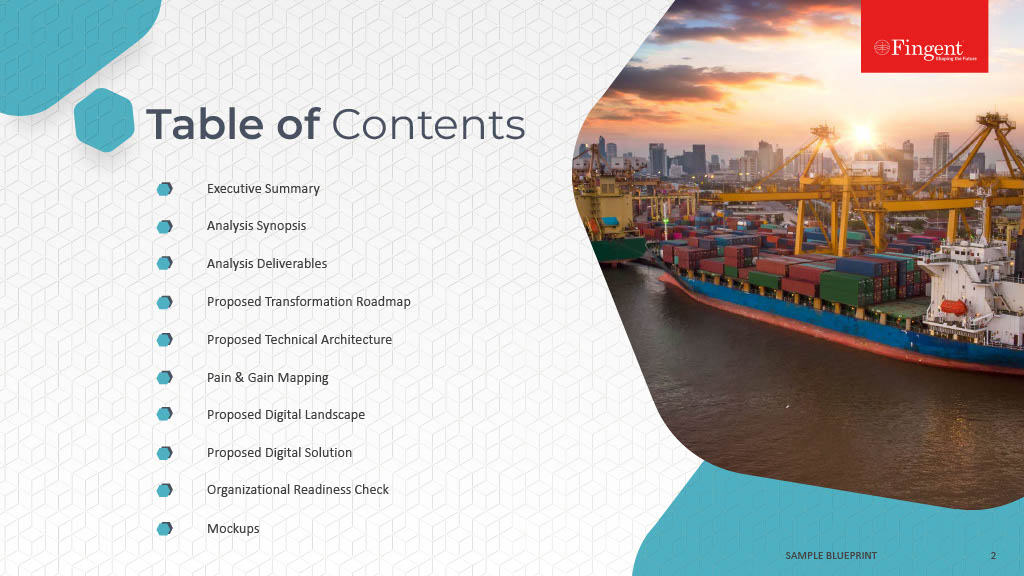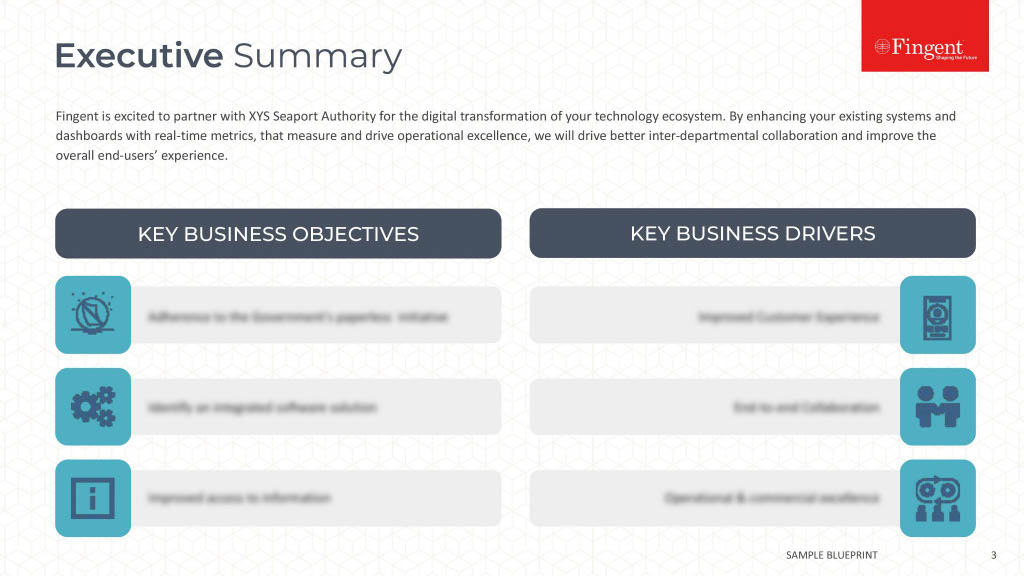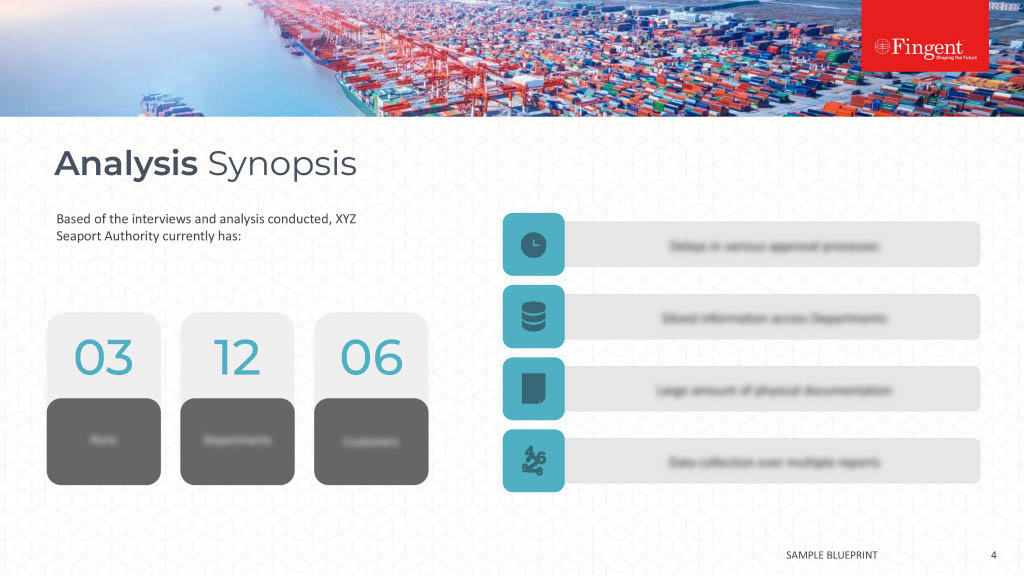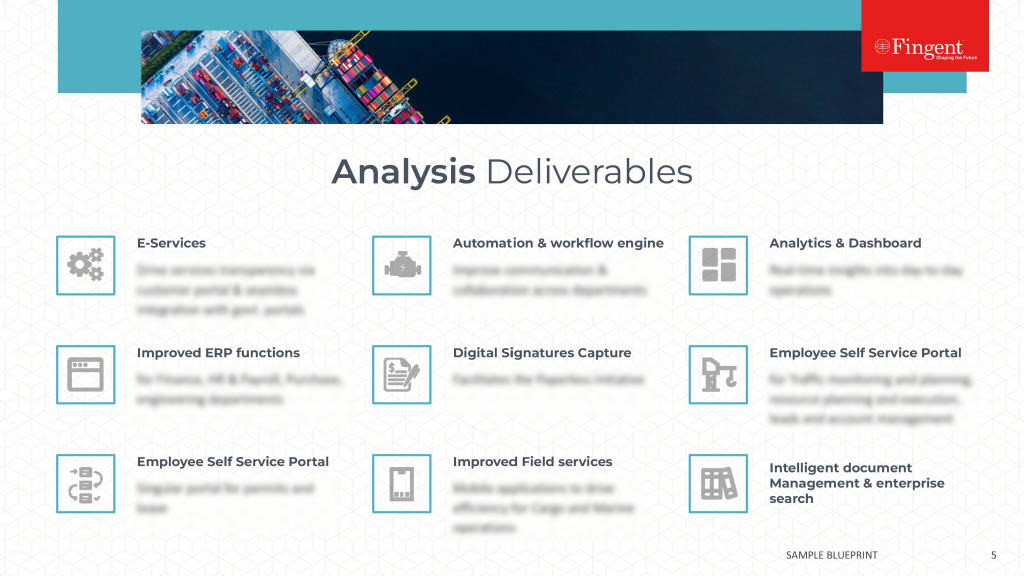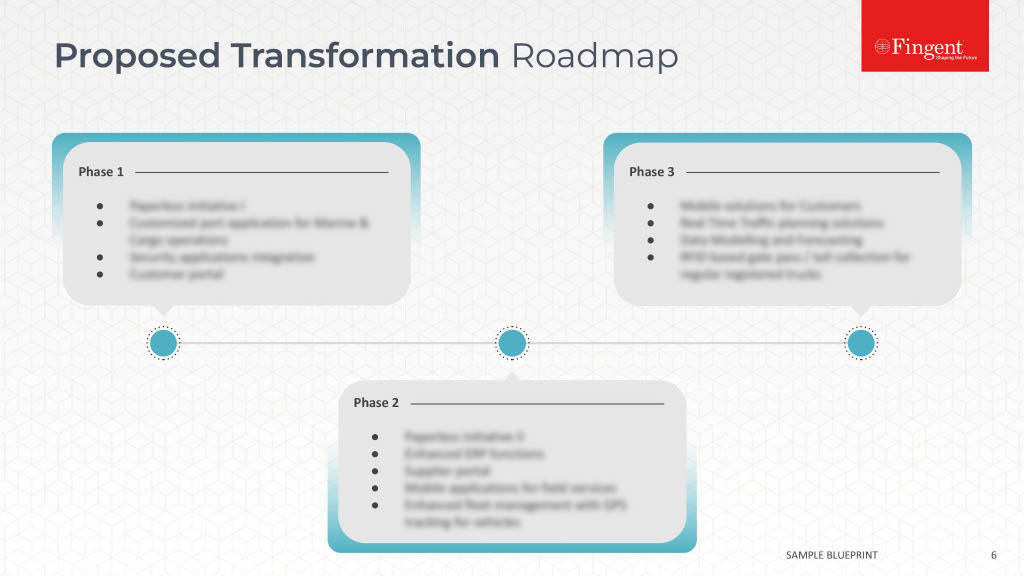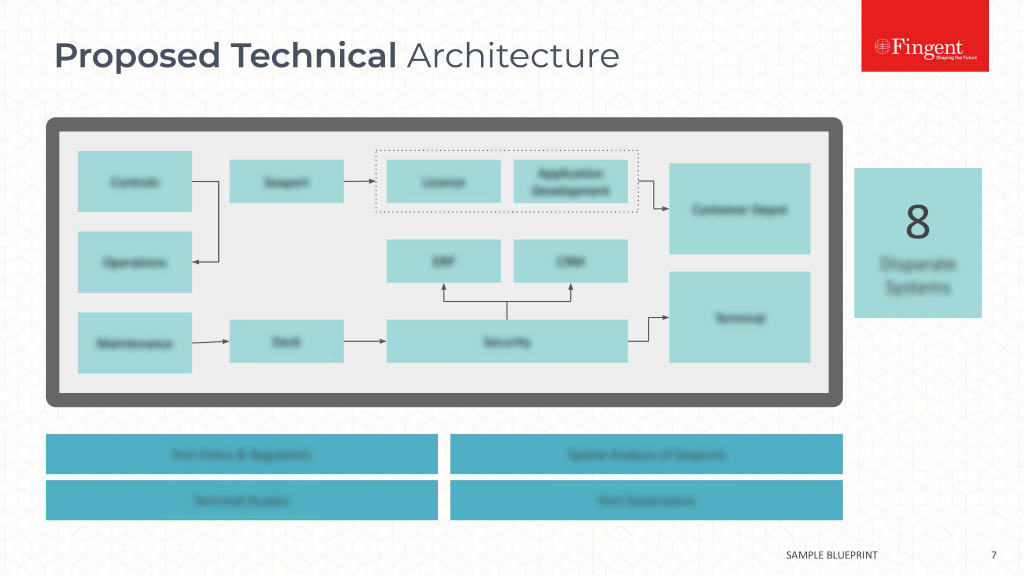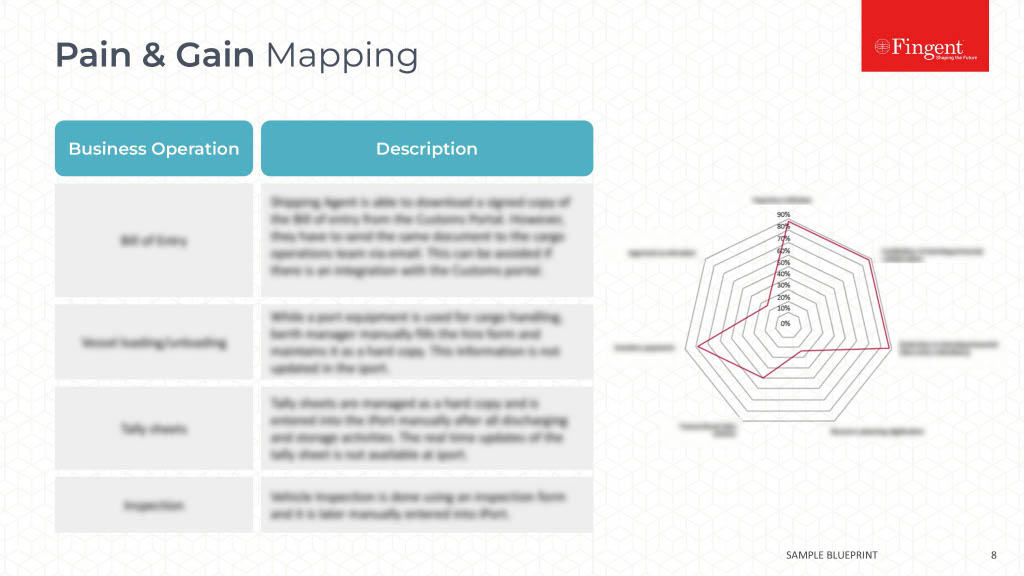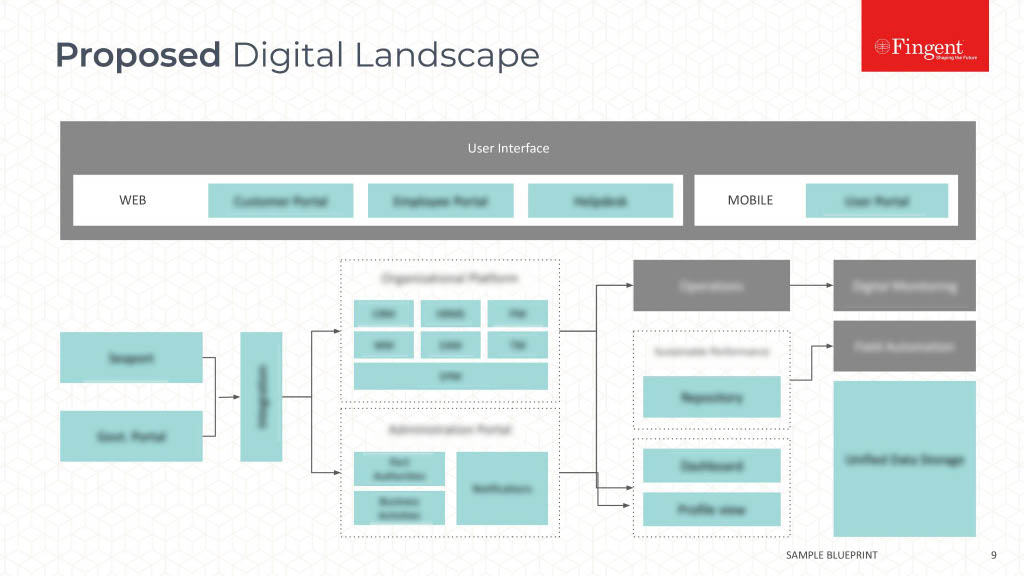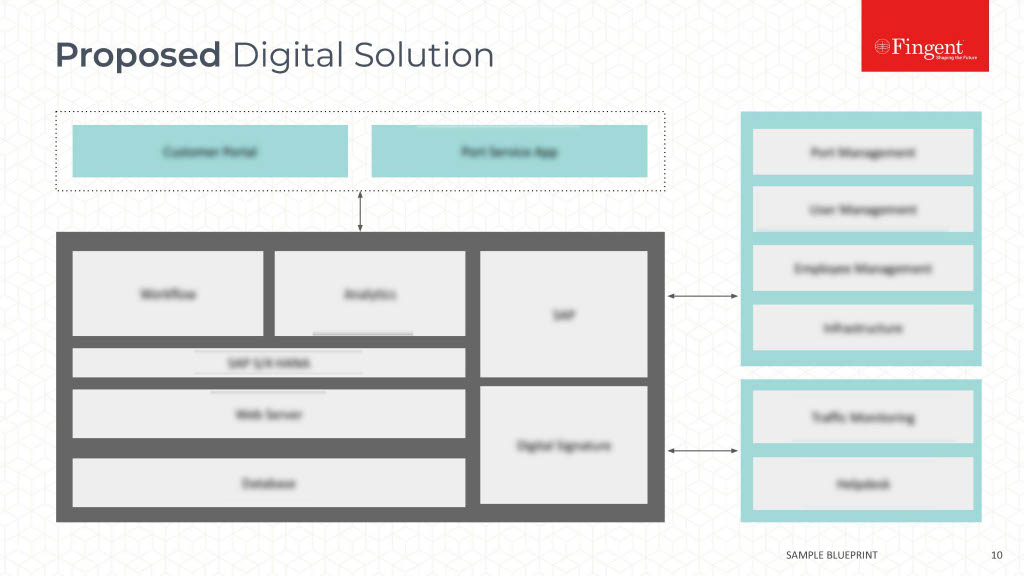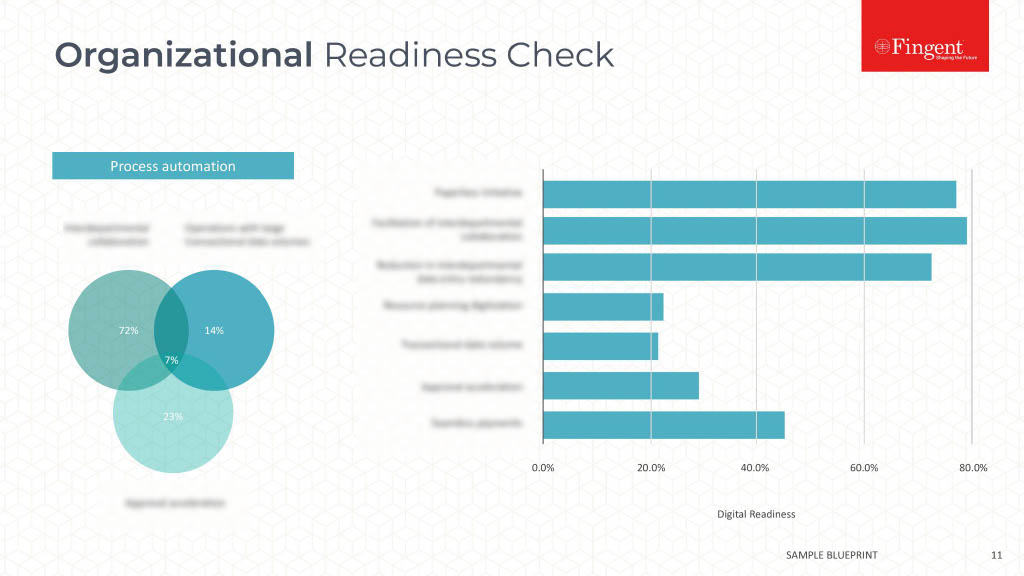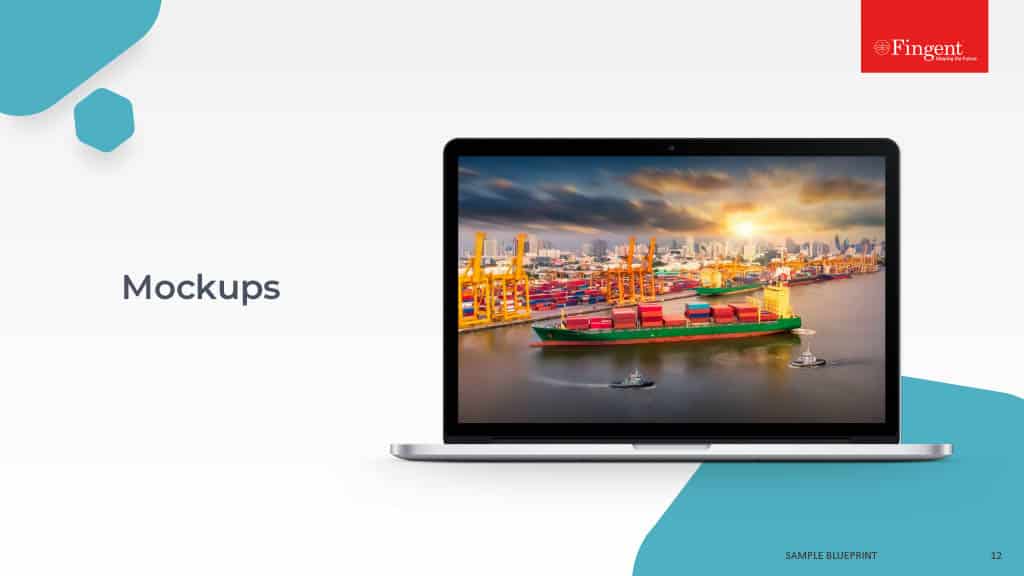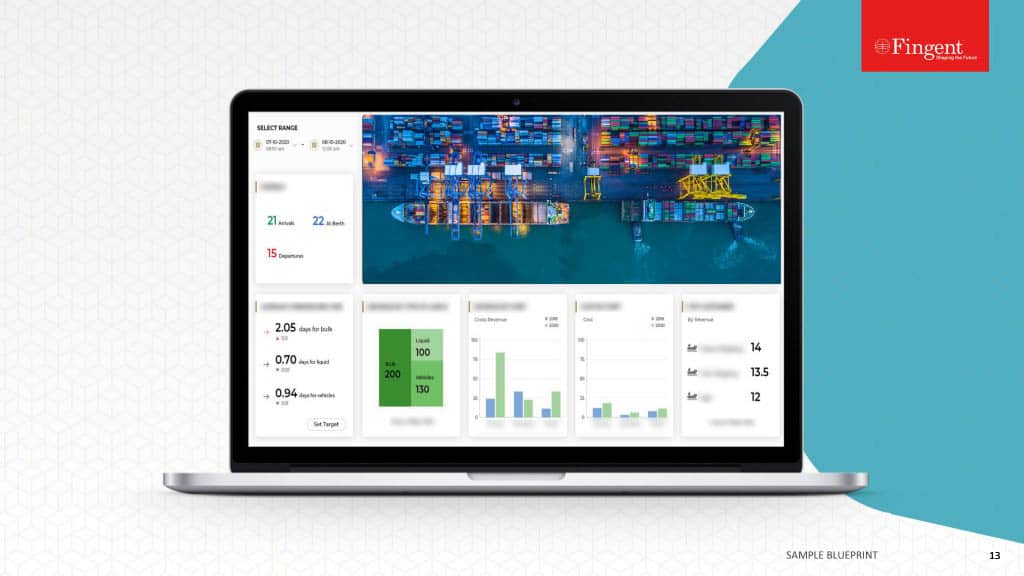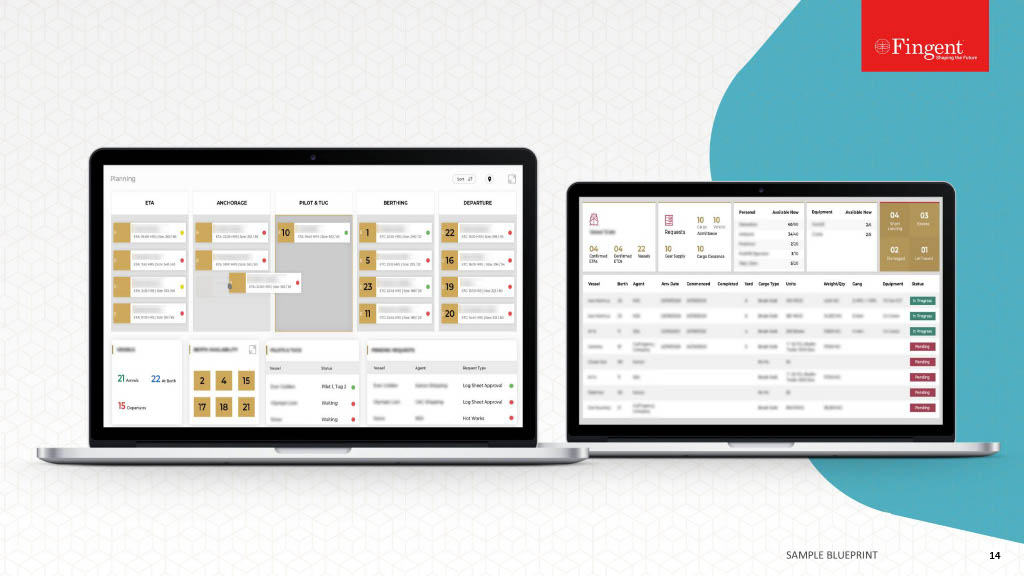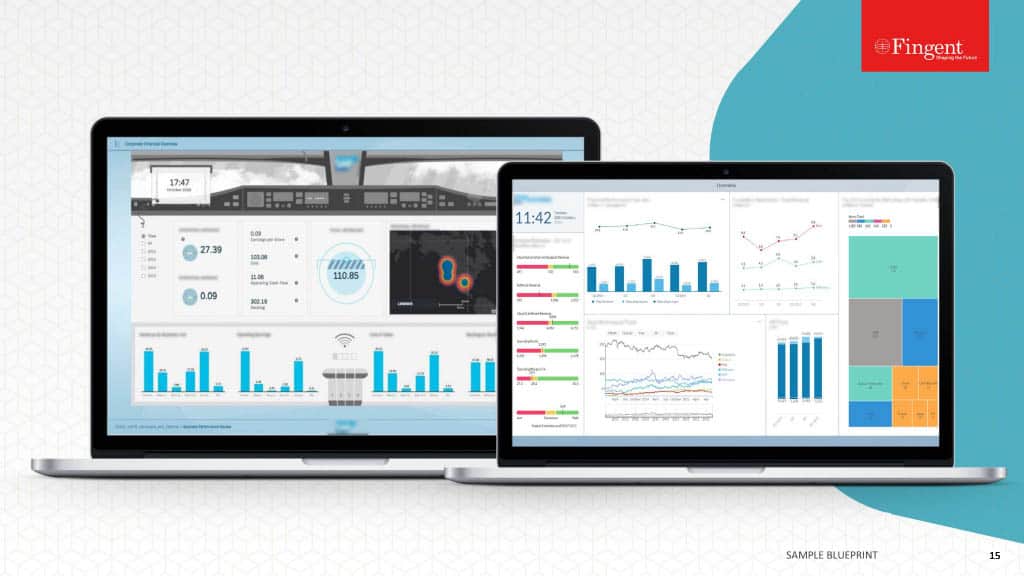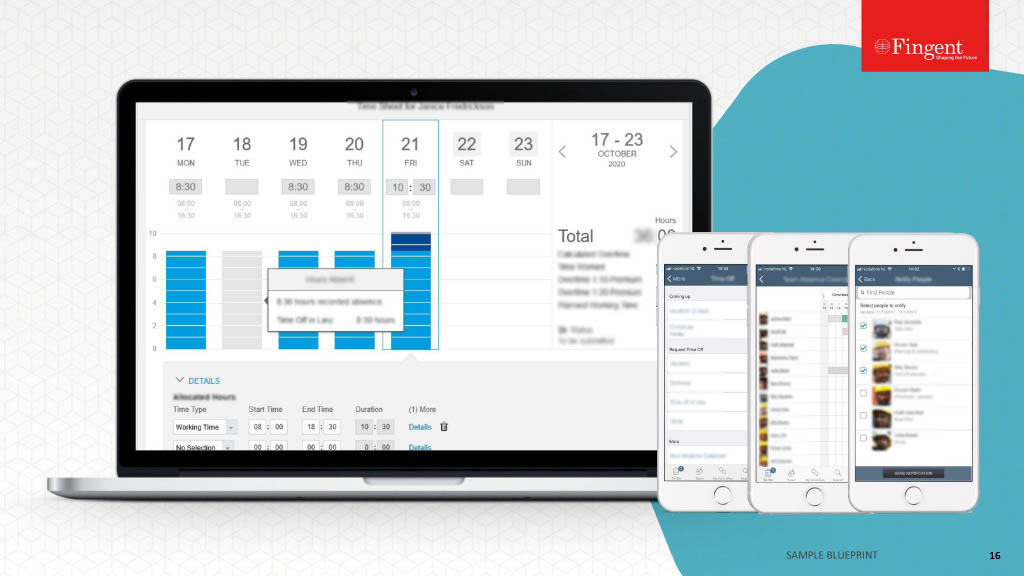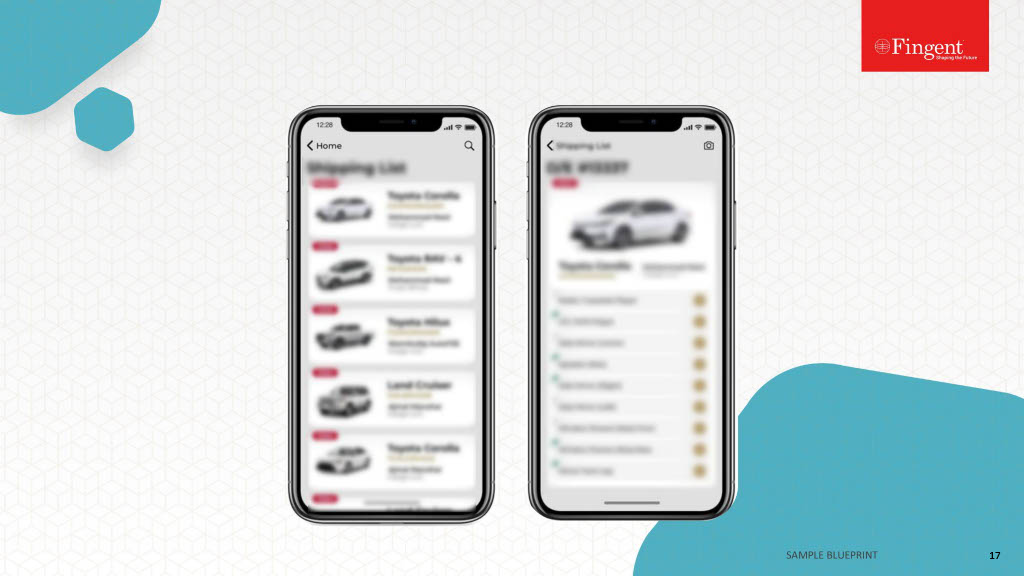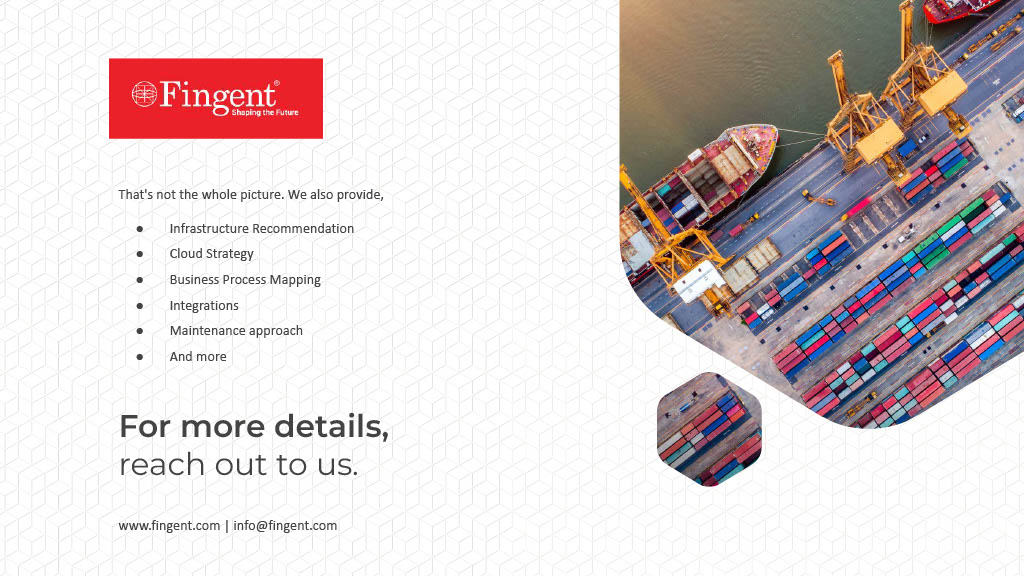Category: Technology
How Can Your Business Gain Value from SAP S/4HANA Implementation?
Companies need a digital core to overcome complexity and drive digital transformation. SAP S/4HANA is a digital core ERP that can help companies overcome complexity and thrive in today’s disruptive market.
Businesses are growing by the minute and are moving faster than ever before. Thanks to the innovative developments and improvements of the digital world!
However, today’s unprecedented disruption calls for more. Businesses need unique ways to emerge stronger from intense challenges that they might never have encountered before. C-level leaders and business owners are looking for ways to become more resilient. They understand that to keep up with ever-changing customer needs, they must invest in automation, analytics, and cloud technologies. The key priority has consequently been the move to SAP S/4HANA.
S/4 HANA is an intelligent ERP software that helps you reinvent your business model by providing easy access to real-time data.
Read more: SAP S/4HANA: Redefining End-To-End Solution
C-level leaders and executives need to understand that the journey to SAP S/4HANA is not just an IT exercise. It is an integral part of their broader digital transformation. Business owners need to review their business processes, end-to-end data, and system integrations. Such a review would assist them in developing an overall business value to guide their journey. This blog explores eight practical ways to raise business performance with your SAP S/4HANA journey.
What makes your SAP S/4HANA journey complicated?
Before we get into how to get your business booming with SAP S/4HANA, let’s look at why some C-level leaders and executives find this journey challenging.
Planning and delivering your SAP S/4HANA journey is a once-in-a-generation opportunity for transformation and generates significant investment returns. Today, C-level leaders and executives struggle to answer these three hows:
- How to articulate the business value case to generate substantial returns on investment?
- How to ensure that the program remains business-led?
- How to leverage the power of the cloud?
Leaders and executives must consider creative ways to harness the power of SAP S/4HANA. It includes the design phase, building phase, and running phase. Business value can only rise when new sources are developed that enable the business to react quickly to recover from disruption.
Read more: 6 Capabilities of SAP S/4HANA That Will Help You Become an Intelligent Enterprise
8 practical steps to gain business value from SAP S/4HANA journey
Here are eight practical steps that answer the ‘hows’ and more:
1. Articulate the business value case
You may have already set aside a significant amount of resources, both in terms of finances and staffing, to embrace the journey to SAP S/4HANA. Beginning this journey with a holistic, business-led value case will help you realize its full potential and make the best of these resources. Thankfully, there is a distinct and compelling business case for every digital function. What does this mean for C-level leaders and executives?
It would mean that they must take the time to create a fact-based business value case that can be used as an anchor throughout the SAP S/4HANA journey. Why? Because a well-defined business value case will help you fund all digital transformation efforts, including SAP S/4HANA.
Read more: SAP S/4HANA: Transforming The CFO into a Business Value Creator and Role Model
2. Avoid a ‘technically configured’ approach
A technology-led approach might not deliver the expected results. Why? In most cases, C-level leaders may find it daunting to understand their role in the digital transformation journey. So they prefer to delegate the responsibility to others. Such delegation instantly turns the digital journey into a secondary priority. Since others may not understand the business as you do, it will become challenging to configure the transformation to be truly business-led.
C-level leaders and executives must realize the potential and take an active role in the transformation. You can then think strategically to create a clear path to a more agile and insight-driven business.
3. Unleash the power of cloud solutions
To make quick and informed decisions, combine your internal and external data sources. Cloud-based applications and infrastructure will help you create a data strategy to deliver real-time insights. A well-defined cloud strategy will enable you to align the data, identify the best data sources, understand how to measure and maintain quality data, and manage your data.
Read more: Why It’s Time to Embrace Cloud and Mobility Trends To Recession-Proof Your Business?
4. Integrate suppliers before it is too late
For specific industries such as automation, supply ecosystems are strategically important. Though it may seem expensive, ensure to integrate your suppliers before SAP S/4HANA is well advanced. Such integration can be less expensive where custom developments are not warranted.
5. Leverage AI to boost your current and future business models
Businesses worldwide face extraordinary challenges and disruption today. Automation-driven growth will be the only constant during this period of uncertainty. Though SAP may not provide everything you currently need to build your business, it allows you to integrate non-SAP automation for various goods and services. Marrying historically siloed data with AI techniques can thus contribute to demonstrable ROI.
Read more: How SAP Supports Effective Business Continuity Planning
6. Integrate third-party content into SAP S/4HANA
SAP S/4HANA has been the backbone of most IT strategies. It provides critical infrastructure to support a variety of use cases. Most organizations know that connecting to third-party content is crucial for their ongoing success and competency. Such integration can help you create unique sector-specific use cases, so do not hesitate to integrate third-party content.
Read more: Deploying SAP S/4HANA: Methodologies and Tools to Adopt
7. Use available data to speed up innovation lead time
Intelligent data management can help you break down information silos and provide you with the insight and control necessary to make tactical business decisions. When organizations collaborate to share and manage data, both parties can create tremendous potential value for their businesses.
However, tapping into the value of data ecosystems can be a challenge. You can overcome this challenge by starting small and scaling later and involving partners early on. SAP S/4HANA allows you to effortlessly harness their data by breaking down your corporate strategy into different streams. Thus, businesses can dramatically lower risk and accelerate implementation.
8. Leverage SAP Cloud Platform
SAP S/4HANA cloud database allows you to make faster decisions. Since you can integrate data from across your enterprise, you can develop applications and tools required to store volatile data. SAP Cloud Platform allows you to avoid repeating failures and minimize cost.
Manage the change impact
The SAP S/4HANA journey brings in a significant change. Treating this journey as a minor upgrade can lead to missed opportunities to leverage its full potential. This makes it extremely important to partner with the right service provider to guide you.
As an SAP Silver Partner, Fingent has the expertise and experience required to help you make your SAP S/4HANA journey a success. Let’s talk.
Stay up to date on what's new

Featured Blogs
Stay up to date on
what's new



Talk To Our Experts
Smart Contracts to Streamline KYC: A Big Leap in FinTech
The advent of online transactions has brought in improved convenience, speed, and cost advantages across various aspects of our lives. KYC processes, online shopping, insurance premium payments, internet banking, and a host of financial functions have witnessed a drastic transformation with the adoption of FinTech solutions.
Read more: Technology in Finance: What to look out for in 2021?
However, these digital advancements have also taught us that a person’s online identity is not always what it appears to be. Identity theft, phishing schemes, and money laundering are just a few examples of digital scams that have wreaked havoc in the finance sector. Shockingly, a report by PwC stated that “in 2020, the average US organization experienced six incidents of fraud in the last 24 months and customer fraud ranks first among them.” The total loss suffered by the US companies from the frauds is close to $6.5B (over the past two years).
As many of us know, the KYC (know-your-customer) process was designed to eliminate the risk of customer fraud. Various companies use KYC to verify their customers’ credentials with the ultimate aim to confirm that they are not fraudulent or engaged in any criminal activity. However, KYC is a labor-intensive, repetitive process that is prone to human error. This blog explains how smart contracts for KYC can solve problems related to customer fraud and identity theft. Before that, let’s consider what smart contracts are and how they work.
What are smart contracts?
Most industries are eagerly adopting blockchain technology for smart contracts. According to Statista, “in 2021, global spending on blockchain solutions is projected to reach 6.6 billion dollars and is expected to reach 19 billion US dollars by 2024.”
Investopedia defines a smart contract as a self-executing contract that entails an agreement between the buyer and the seller. A smart contract encodes the agreement/ transaction between two parties and exists across a distributed, decentralized blockchain network. Smart contracts eliminate the need for an external party or an intermediary to enforce the contract as defined. The decentralized blockchain network controls the execution of trusted transactions and agreements. All the transactions are trackable, irreversible, and impossible to manipulate because of the immutable audit trails created by blockchain.
In simple words, smart contracts are programs that run based on predetermined conditions. Participants engaged in a smart contract are sure about the outcome. The unique digital structure of a smart contract makes it super secure and resilient to any kind of data modification. What problems do smart contracts solve, though? Here are a few examples of real-world problems solved by smart contracts.
Read more: Leveraging Blockchain Technology to Transform Supply Chain Industry
How does a smart contract work?
A smart contract is a blockchain application. Just as a standard legal contract, a smart contract outlines the terms and conditions between two organizations. It works on a condition-based principle, that is: ‘if-when-then.’ Smart contracts allow you to define as many conditions or terms as you would require. Moreover, a smart contract enables both parties to interact in real-time, saving enormous time and resources. Additionally, it allows for anonymity, if needed.
How smart contracts assist banks and financial institutions to solve KYC-related problems?
1. Identity theft
Clients’ identity includes data on where they live, their passport number, driving license, security number, and so on. These data points are stored in centralized databases. If a criminal gets hold of one of these documents, they can exploit certain security flaws and steal your client’s identity. Cybercriminals can use your customer’s identity to gain some financial advantage or steal money. There have been occasions when a criminal successfully stole a deceased person’s identity to commit crimes.
Smart contracts on blockchain offer a novel solution that may include a comprehensive electronic signature service. It allows access to a private key and a public key. While a public key provides access to your public records, it offers concrete security as no one has access to change or edit your data. However, a private key allows you to give access to those required. This simple method helps prevent and restrict identity theft. Best-in-class data encryption technology ensures the highest levels of safety standards.
Read more: How Blockchain Enables the Insurance Industry to Tackle Data Challenges
2. Distributed user data collection
Smart contracts enable finance companies to uncomplicate the process of identity verification. It can make data available on a decentralized network. For example, claiming, verifying, and processing insurance has always been a labor-intensive task that frustrates your customers. Smart contracts offer a single source of truth, drastically reducing friction in the business process.
Here is how smart contracts simplify the process:
- Make data reconciliation easy
- Improve accuracy
- Minimize time spent in uncovering information
- Enhance improvements in speed and accuracy
- Improve customer experience
3. Automation and standardization of operations
Client data is collected daily. Name, address, and social security number are required for almost all transactions. Considering the recent progress achieved on KYC policy standardization, it is now possible to use smart contracts to control operations and execute agreements or transactions.
You can streamline the procedure across the industry by coding and standardizing the KYC workflow. It will minimize manual oversight and increase the effectiveness of the KYC system. It even allows you to implement multilingual solutions with the help of translation tools and smart contracts. Since smart contracts remove the need for a manual process for each document, decisions can be made quicker.
4. Comprehensive authentication process
It is crucial to verify the identity of individuals for data protection compliance and the prevention of fraud. A cryptographic verification solution is vital here. On the other hand, industries face another major challenge – allowing users to conduct online banking through apps. The glitch is that if a person loses her smart device, she exposes herself and the bank to a greater security risk.
Fortunately, the blockchain’s decentralized model almost eliminates the security risk by not allowing any edits on the data accessed by the thief or the fraudster. Once a smart contract on blockchain is formed, it remains immutable.
5. Communication and transparency
The smart contract will allow you to monitor everything from account openings to day-to-day transactions actively. Since the terms and conditions are pre-defined, it is recorded immediately, and remittance is raised automatically. This process avoids laborious approval workflows.
Since it allows for trust data to be stored on the KYC smart contract platform, banks or financial service providers can eliminate the secondary validation processes and cross-checking. Apart from this, when mistakes occur, they are quickly identified, reported, and solved. While transparency has to be dictated by the parties involved in traditional contracts, smart contracts always remain transparent. Such openness makes tracing transactions less cumbersome and could be traced right from the point of origin. Additionally, it automatically creates fully accessible history.
Read more: How AI and Machine Learning are Driving Cyber Security in FinTech?
6. Heightened security
KYC banking processes can go on for weeks, highly increasing the maintenance of regulatory compliance as the industry struggles to dodge financial fraudsters and terrorists. Fortunately, a shared ledger will help adjust and monitor the KYC process for all those involved. This would allow all parties to view any changes or updates made to the clients’ data. Such direct access would save on the time-intensive process of identifying suspicious activity and reporting it.
Read more: The New Untapped Opportunities for FinTech Companies in the Coming Years
Get smart with smart contracts!
As you can see, Smart Contracts are so much more than just an intelligent way of handling contracts. They are going to become the only way, and it’s time you get ahead of the competition by leveraging this technology. Contact Fingent, a top custom software development company, for all your software needs.
Stay up to date on what's new

Featured Blogs
Stay up to date on
what's new



Talk To Our Experts
The Significance of Odoo Migration and How to Do It?
Odoo is an open-source ERP software that comprises an integrated suite of business modules such as eCommerce, accounting, warehouse management, project management, financial management, customer relationship management (CRM), manufacturing, and purchasing. These modules ensure seamless and efficient communication with each other to exchange information.
Read more: 5 Salient Features of Odoo that Make it a Reliable ERP for Enterprises
Odoo ERP can be used by businesses of all sizes and is available in both cloud or on-premise versions. Odoo is open source and highly customizable, allowing developers to access the code and make changes in the module based on their business needs. Odoo ERP can be easily integrated with payment processors and external shipping systems such as UPS, eBay, FedEx, Amazon, and QuickBooks.
Read more: 5 Reasons to Integrate Your E-commerce Application with Odoo ERP
So, if you are new and planning to implement Odoo ERP for your business, you should consider the most recent and latest version of Odoo, that is, Odoo 14.0.
However, if you are already leveraging Odoo and thinking of migrating to Odoo 14, you need to assimilate the situation before migrating.
Odoo migration involves two parts:
- Data migration
- Odoo apps migration
You can migrate both your company data and the apps used in the older version of your ERP. This migration process requires expertise and an experienced Odoo ERP partner to achieve it. Your older data must be optimized for the newer version smoothly and is best done by a professional Odoo ERP implementation partner like Fingent.
Why migrate to the latest version of Odoo ERP?
Undeniably, the latest versions of Odoo include improved features such as security, speed, and stability. Migrating to the latest version indicates that you are ready to update your system and move forward. Moving forward does not mean that you lose your old data and turn to new data. Migration ensures that all the previous data is kept intact while stepping into the new one.
The latest version, Odoo 14 got released in October 2020. As businesses are ever-changing, the new version comes with many added or deleted features as found optimal by Odoo. This is needed to ensure the ERP keeps running at its best performance and also delivers high performance. It is considered to be four times faster than Odoo 13. So, if you are looking for speed, then you can switch to Odoo 14.
Top features of Odoo 14
Some of the features of Odoo 14 are:
1. Improved user experience
Odoo is a great competitor to big names like Oracle, Dynamics, and SAP. Odoo 14 has added more shortcut keys to control the system faster, improving the system speed and more on-click features to help you save time. There are more widgets in the list view that allows you to send messages directly to your colleagues within a single click.
2. Automated CRM
CRM is a powerful tool that provides your company with a better insight and focuses more on clients and not on the data input. The insight helps you forecast sales or find information about the clients easily. In the absence of a CRM, the salespeople can randomly fill the customer’s information, making it difficult for other team members to follow up or get complete sales information.
As Odoo 14 CRM is automated, you can add and search for customer’s data accurately and quickly.
3. Outlook plugins
This feature automates the communication logging and allows you to communicate with the clients automatically in the CRM. It also helps sales managers track the communication of their subordinates.
4. To-do activities list
Odoo 14 helps salespeople focus on selling instead of data input. The to-do activities feature allows the salespeople to quickly check the to-do list, the next activity, and its priority with its impact every day. This feature comes with an improved follow-up section that helps salespeople send an email or SMS to the potential client directly from the CRM.
Points to consider before Odoo migration
1. Performance
Odoo 14 is designed to deliver more both in terms of performance and features. It includes additional features that can benefit new businesses. The new features ensure the business processes are carried out as smoothly as possible. However, you must make sure to understand the purposes and needs of your business before you avail of the updated version.
2. Deleting a few features
While the new version includes new features, some of the old features have been revoked by Odoo. So, it would help if you had an idea about what features will be lost in the newer update. This is where an Odoo ERP implementation partner like Fingent can help you. Our Odoo consultants can help you migrate to the latest version of Odoo without losing your crucial company data.
Read more: 6 Ways Odoo ERP Customization Can Benefit Your Business
3. Downtime
An update would mean that your business operations would be affected in the meantime. So, you must be prepared to overcome this downtime if you opt for migration. You can use the pilot version to run the platform with updates in the background. However, it is not possible in the live environment. You can discuss this in detail with the migration expert at Fingent.
4. Cost
The cost of the migration process may vary depending on your customized business requirements. Understanding the need for the latest update and knowing if the expense is the right investment for your company is essential. You can consult the software development experts at Fingent to get an estimate of the Odoo migration expenses for your business.
While migrating your old Odoo versions to newer and better ones is essential, it is a complex and tedious task. So, it is vital to have a good Odoo migration partner, which is why most businesses entrust us with Odoo ERP migration.
Read more: Why Choose Fingent as Your Odoo ERP Partner
Odoo migration: How to migrate to the newer version?
The Odoo migration process is done in two parts:
Part 1: Data migration
The company data present in the Odoo platform is of utmost importance and cannot be lost under any circumstances. This data requires some adaptation to work in sync with the new version. To make sure your data is suited for migration formulation, your information, such as charts, tables, contacts, etc., will be carried out.
Part 2: Odoo apps migration
The Odoo apps functional in the older version are used for specific needs and cannot be lost or compromised in the process of updating. Necessary changes to the existing applications or developing new ones will need to be done to meet the needs of your business.
The migration of applications and data will enhance the platform’s functionality without losing your company data.
To know more about Odoo migration and how we can help achieve it successfully, please contact us.
Stay up to date on what's new

Featured Blogs
Stay up to date on
what's new



Talk To Our Experts
Technologies that help optimize revenue and performance of your medical practice
There’s no denying that revenue is essential for any business. Sustained revenue flow keeps the employees paid, leaves the doors open, and the patrons happy. It is the same for medical practice as well. However, it can be challenging to optimize medical practice revenue and increase avenues to bring in more money. It is crucial to find strategies that the medical practice can maintain over time to ensure a steady cash inflow.
Additionally, as the COVID-19 pandemic continues to influence patient behaviors, it is pushing healthcare practices across the globe to re-evaluate their business operations and look for solutions that emphasize clinical efficiencies, improve patient revenue cycle management along with enhanced reporting and analytics tools.
Apart from the challenges related to the patient intake process during the pandemic, healthcare providers also have had to meet the sudden demand for virtual care by embracing digital healthcare technologies. Advanced technology in healthcare helps automate major processes, facilitate patient engagement efforts, and improve financial stability.
In this article, we share tips to optimize the revenue of your medical practice.
1. Robust financial management
Strong finance is the foundation of every business. You must consider what money is going out in the form of overhead costs, payroll, and miscellaneous expenses. Look for ways to cut unnecessary expenditures and save your practice some money.
There are chances that you are spending on something unnecessary at your practice or experiencing a small ROI due to a huge yet incompetent investment. If a service is not bringing you a good ROI, you should remove it. To overcome these issues, ensure you have a robust revenue cycle management system in place.
Custom RCM systems help improve the administrative and clinical functions associated with claims processing payments and revenue generation. The RCM system also facilitates the financial processes of identification, management, and collection between patients and providers. RCM helps you optimize your revenue cycle at all the points of the financial process. This enables you to collect and increase revenue whenever and wherever you should.
2. Leverage healthcare information technology
While the initial cost and ongoing investment may vary based on your practice, most of the following technological investments will help you save money and increase your revenue over time.
Read more: 7 Major Impacts of Technology in Healthcare
Example 1: Telehealth
Technologies like telehealth offer safer alternatives to in-person visits. With the ongoing pandemic, this technology helps provide safe care by connecting via virtual video visits. If your practice can allot for more appointments, then telehealth allows for more visits throughout your day.
Additionally, patient portals, self-check kiosks, and QR codes help reduce the risks of exposure and increase scheduling flexibility and clinical availability. Remote patient monitoring (RPM) helps bring about organizational resilience and stabilizes patient outcomes with better and safer alternatives to in-person visits.
Example 2: Appointment Management Systems
Most medical practices lose revenue due to no-shows, missed appointments, or late cancellations. Appointment management systems ensure that patients are notified well ahead of their appointment times. This will eventually provide your practice with a better chance of fulfilling appointment times and retaining revenue. It will also improve patient trust and credibility and allow your medical staff to stay organized at work.
Example 3: Practice Management System
This system includes all your appointment scheduling, billing, patient registration, claims processing, clearinghouse integration, and more. So, investing in an intelligent practice management system can bring billing in-house and retain previously claimed revenue from outsourcing.
Read more: Digital Tools For The Future Of Healthcare Providers
3. Intuitive reporting and automation
An Electronic Health Record(EHR) system includes an array of innovative tools that can significantly impact your practice’s productivity and profitability. The EHR technology should also have tools that offer flexible functionality and interactive engagement in addition to simple record keeping so that you can focus more on patient care and waste less time on troubleshooting staff errors or reconfiguring documentation notes.
Additionally, automated workflows, comprehensive reporting features, and insightful productivity metrics help simplify your practice’s workload and streamline task management. Picklists allow you to create templates, line-item defaults and define column choices so that information is readily available and easily accessible.
4. Optimize your medical billing
To maximize your medical practice’s revenue, you must include efficient and personalized medical billing software. It allows you to optimize the bills according to the prevalent industry standards. Most practices bill patients at allowable lower levels to avoid being audited. While you may not get audited, the practice leaves behind a lot of money. So, when you provide clinical service, make sure to document it properly and bill customers appropriately. Medical billing software makes auditing easy and relieves your admins from revenue management challenges. The software also ensures that your billing and coding staff are not making mistakes, leading to significant claims denial.
If claims denials, coding errors, or any other billing issues keep your practice from optimizing the income, you may consider building customized software to handle your organization’s specific challenges. Fingent specializes in developing customized medical billing software and healthcare application platforms by working closely with your medical practice. It allows you to lower denial rates, reduce errors, and streamline your revenue cycle.
5. Security and compliance
When it comes to healthcare, efficiency matters not just at the surface level but in every single aspect of treatment, including financing, scheduling, and reporting. To ensure your EHR can keep up with the regular system, it should include an educational database that allows providers to quickly train their staff and give the patient access to explanatory articles and videos. Keeping these resources available will help bring about positive outcomes and hassle-free software maintenance. Fingent offers custom software development, testing, implementation, maintenance, and support services for healthcare service providers. We’ve partnered with organizations like NHS to help them improve clinical process management using technology.
While compliance laws ensure patient health information (PHI) and overall safety of practice operations, you must make cybersecurity a top priority. This is especially true now with the shift to working remotely. Employees are more prone to hacker’s attempts to cease connectivity and steal confidential data. To overcome this, you must use virtual private networks (VPN) and reliable firewall software to safeguard vital business information. Our network security and IT infrastructure management services ensure that your business-critical assets are protected from cyber threats, and your proprietary information is protected 24/7.
Read more: The Application and Impact of Information Technology in Healthcare
Advanced technology in healthcare has helped providers choose and select a system that benefits their business. For example, medical billing software, revenue cycle management, appointment management, and patient engagement systems are a few solutions that providers should consider when employing an EHR solution. Healthcare technology improves patient resolutions, avoids preventable errors, and expands clinical availability.
Practice is a step ahead of theory. Our healthcare IT system developers follow this rule of thumb. Connect with our team to learn more about the technologies you can adopt to gain business benefits and significant cost savings.
Stay up to date on what's new

Featured Blogs
Stay up to date on
what's new



Talk To Our Experts
Why is SAP the Go-to Solution for Managing Your Complex Business Functions
SAP is a powerful ERP solution for all kinds of enterprises and their subsidiaries. From streamlining and automating to standardizing your business, SAP for business performs numerous functions and accelerates business growth.
Systems, Applications & Products in Data Processing or SAP is one of the world’s leading ERP (Enterprise Resource Planning ) software. The software consists of several integrated modules that cover virtually every aspect of modern business management. Fingent, being an SAP Silver Partner, helps you realize the full potential of the wide-ranging SAP solutions that can maximize your business performance and boost profitability.
How does SAP help businesses?
Most of the traditional business models have decentralized data management, with each department storing its operational data in the individual database(s). Decentralized data storage makes it difficult for employees from different departments to access each other’s information needed to complete their tasks. Moreover, duplication of data across the departments leads to data errors and increases IT storage costs.
SAP software centralizes data management and provides multiple business functions with a single source of the truth. This enables companies to manage complex business processes efficiently, allow easy access to employees of different departments, and gain real-time insights across the organization. It helps businesses improve operational efficiency, increase productivity, boost customer experience, and eventually increase profits.
SAP for business
SAP for business offers solutions across different areas such as:
- ERP and Finance
- CRM and Customer Experience
- Network and Spend Management
- Supply Chain Management
- HR and People Engagement
- Business Technology Platform
- Digital Transformation
- Digital Supply Chain
- Small and Midsize Enterprises
- Experience Management
- Industry Solutions
- Industry 4.0
- Intelligent Enterprise Solutions
- Cloud solutions
SAP for business maximizes business performance by giving companies step-by-step guidance to set up their tech infrastructure.
Here’s how.
1. Wide-ranging experience
From government financial institutions to small businesses, SAP provides tech solutions to everyone. We extend our support, right from identifying your requirements to implementing and testing your SAP solutions to maintaining them once they are in place.
Read more: Why partner with an SAP AMS provider like Fingent
2. Efficiency improvement
In the past, companies were forced to repeat tasks day in and day out. Thanks to technology! The situation has changed today. Technology has provided companies with more innovative ways of doing repetitive manual tasks. From collecting large amounts of data to filling the databases, SAP offers an efficient and faster way of doing things.
Enter SAP IRPA. This Intelligent Robotic Process Automation suite accelerates your move towards Intelligent Enterprise. With SAP IRPA, you can redirect your resources to high-value functions.
Read more: Top 7 Business Benefits of Adopting SAP Intelligent Robotic Process Automation
Additionally, SAP provides several options to streamline different business processes and improve efficiency throughout your organization, such as SAP S/4HANA, SAP Analytics Cloud, SAP Fiori, etc.
3. Affordability and scalability
Small businesses and start-ups face the challenge of ensuring that their technology infrastructure is scalable. It means you will have to accommodate the growth in every aspect of your business. You will have to consider fitting more data, equipment, and employees. For this, you will need a system that can accommodate growth easily without the need to make changes from the grassroots level. That is where the SAP system comes into the picture. It is designed to scale up smoothly according to your business requirements post the initial implementation.
SAP for business ensures that you never invest in resources that you don’t need and instead try to derive the most out of your IT budget.
Read more: SAP Preconfigured Solutions Boost Efficiency Among Industries
4. Enhanced predictability
As a business leader or owner, you must have access to the most accurate information related to your business so that you can plan well for your business. As SAP ERP solutions are designed to provide you with options in generating company forecasts, you can easily access the real-time facts and figures stored in the SAP system.
You can use the data, facts, and figures saved in the SAP system to prepare realistic forecasts of your business and make informed decisions.
Read more: Empowering CFOs to Derive Crucial Insights and Implement Strategic Decisions with Confidence
5. Flexible solutions
SAP helps you achieve significant flexibility in adapting to changes in the market dynamics. Your business must adapt its functions to the changes in the market dynamics if you want your company to grow and expand.
It is well-known that user perspectives change over time, regardless of the industry. Hence, it is crucial to attain enough flexibility and provide what your target audience demands. SAP-enabled company structure will help you adapt to the changing market dynamics and cater to the industry demands.
Read more: How Organizations can Gain a Competitive Edge by Implementing Digital Core ERP
6. Smarter data management
Organizing data is one of the most crucial features of the SAP ERP system. Businesses need to store data in such a way that it could be accessed quickly and securely when required.
If you have multiple sources to feed information to your company, SAP helps you gather all the distributed data in one place and keep it organized.
With SAP, you can collect all the information in one place and keep it organized. For example, you can integrate your CRM with the SAP framework and keep all your customer-related information centralized. Fingent offers SAP HCI (HANA Cloud Integration) and PI (Process Integration) capabilities to integrate multiple independent systems/ applications required to run your business processes.
Read more: Create Intelligent Organizations with SAP Model Company
7. Improved compliance
SAP ERP offers the unique ability to track company regulations. Using SAP for business ensures that all operations comply with your company policies and the geographical regulations in the regions where you trade. The system will reject any exceptions automatically or set off an alert to notify you on time.
SAP helps you implement active cooperation among all your company departments and employees.
8. Cost and time savings
SAP will serve as the single source of data for all your company needs. When your employees access more accurate and up-to-date information from a single location, it will automatically reduce your organization’s operational complexities and expenses. Also, regardless of where your employees are working from, connecting to your company’s network will give them access to the centralized SAP system for trusted information, thereby saving a lot of time.
9. Streamlined communication
Whether it is marketing communication or company-specific communication, you can integrate SAP ERP to create compelling modes of communication. For example, you can create a more robust reputation management structure and focus on marketing strategies that help generate higher ROI.
Additionally, you can use flip books or online catalogs to create content that drives traction. If you are looking for business presentations for marketing or a professional portfolio, SAP can help you achieve a great level of finesse.
Read more: SAP Focused Industry Templates & Automation Solutions
To sum up,
Apart from the benefits mentioned earlier, there are many more ways that SAP for business can add a touch of sheer magic to your business endeavors and maximize your business performance to a significant level.
At Fingent top custom software development company, we provide SAP implementation and customization services that will help businesses phase out old infrastructure, upgrade to the new systems efficiently, and save money. If you are ready to get your business on to this revolutionary business suite, get in touch with us.
Stay up to date on what's new

Featured Blogs
Stay up to date on
what's new



Talk To Our Experts
Being an Official Partner of Odoo, Fingent has always catered to the needs of various customers and streamlined their operations, thus saving their costs, time, and resources. In this post, you will see how Odoo ERP implementation helps retail management.
Odoo ERP: A Highly Customizable Cloud-based Platform for Retailers!
The retail industry is one of the primary beneficiaries of digital transformation. In 2010, eCommerce accounted for only 5-6% of the aggregate retail sales in the US. The industry has witnessed phenomenal growth over the past decade with the development and adoption of retail technology, ERPs, eCommerce applications, custom retail solutions, and stiff market competition. At present, online retail sales in the US account for 21% of the total retail purchases. Isn’t that mind-blowing?
The paradigm shift from the traditional operating landscape to a digital world presents both opportunities and challenges. Many people look for products online, make buying decisions based on social media reviews, and order products to be delivered home. They even use the internet to search local shops, order online and collect from nearby stores (click & collect) or find retailers that offer discounts in their area. The message is clear: physical/ in-store retailing also needs to pace up with the change.
To overcome the challenges in managing physical and digital selling, retailers need to adopt a modern enterprise resource planning (ERP) system.
Read more: 5 Reasons to Integrate Your E-commerce Application with Odoo ERP
Today, ERP is extensively used to simplify and automate customer relationship management, project management, accounting, compliance, inventory, and supply chain operations. ERP is a reliable investment for business owners as they can control and monitor their operations, get reports, and gain insights on consumer behavior and market situations.
Odoo ERP for Retail Management
ERP software allows integrating the core processes to run a company in one place, such as finance, manufacturing, HR, supply chain, inventory, procurement, tracking, transactions, etc. It also integrates all the data and related business processes of an organization.
Odoo ERP is a popular, open-source, cloud-based business management software that helps manage various business needs such as manufacturing, finance, inventory, point of sale (POS), eCommerce, purchase, logistics, etc. Odoo is an intelligent ERP system that allows retailers to integrate their whole data and all the processes associated with the retail industry. For retailers, Odoo is a perfect choice that increases profit and enhances productivity as it provides comprehensive solutions that can seamlessly integrate with eCommerce.
Read more: 5 signs which imply that your business needs Odoo ERP
How Odoo ERP Benefits Retail Management
Following are the significant benefits of using Odoo ERP in retail:
1. One-step checkout
In online shopping apps, the checkout stage tends to have several processes spread across different web pages. This can put off some customers who don’t want to spend their time navigating through each. Odoo eliminates these multiple processes by offering a one-step checkout that is fast, convenient, and intuitive. It has the potential to reduce checkout abandonment and thereby increase sales.
2. Craft stunning product pages
For eCommerce websites, high-quality product pages are crucial to gain maximum traction. Long descriptions with dull-looking pages are outdated. Odoo ERP lets you build beautiful and stunning product pages with a simple drag and drop feature. You can also customize your online store’s look, layout, color, and theme with Odoo and make last-minute changes to meet the demands and expectations of your clients. You can also make changes and enhancements at regular intervals to add more features to your store. Make sure that your digital store is mobile responsive to be compatible with the changes and new features.
3. Payment module integration
Having different payment options can enhance the customer experience. With Odoo’s plugins and extensions, retailers can integrate and customize various modules like wallets, cryptocurrencies, credit and debit cards, and UPI. It also supports PayPal, PayUMoney, Buckaroo, Sips, Stripe, Ingenico, Adyen, and Authorize.net.
4. Sales, purchase, and finance management
Odoo offers non-retail and retail companies different sales management processes. Odoo has a Point of Sale (POS) module, which is integrated with the sales and inventory module. This module helps retailers track stock and commodities in real-time. The module also allows for the use of biometric devices to log in and out. It’s compatible with any hardware and doesn’t require installation. What’s more, the POS remains operational even when offline.
Read more: How Odoo ERP Simplifies Sales Management in Your Organization
5. Inventory management
It’s a known fact that inventory management in a volatile and dynamic consumer goods market is an arduous task for many retailers. With several issues such as excess inventory or out-of-stock scenarios, inefficient inventory management processes result in financial loss and lead many retailers to bankruptcy.
Odoo ERP offers inventory management as its integral feature, where it stores details of an organization’s entire inventory, including the individual product details. Odoo enables retail managers to keep track of crucial information such as:
- The present status of the inventory
- Items that will run out of stock
- Shelf life details of each product
- Notifications related to product expiry
- Ability to make demand forecasts based on past trends and customers’ online behavior and buying habits
Odoo ERP enables retailers to gain a competitive edge by modifying inventory to meet the fluctuating customer demands.
Read more: Fingent’s new plugin facilitates the scheduling of Zoom meetings from Odoo!
6. Manufacturing and production
Retailers who are also engaged in manufacturing and production can use Odoo’s module to help run functions. The Manufacturing module can assist in creating bills of materials (BoMs), managing semi-finished products, subcontracting manufacturing, etc. It can also help in configuring work centers and managing and configuring kits.
7. The Cloud Advantage
- Odoo solutions are cloud-based, allowing retailers to access their e-commerce stores from anywhere in the world.
- Odoo is flexible, customizable, and scalable, making it especially ideal for small and medium-sized enterprises (SMEs).
- Odoo is an affordable ERP solution with the maintenance fees included in the license fee.
In a nutshell, Odoo ERP serves as a high-performance retail management system where retailers can manage everything on a single system. It can bring tremendous benefits to the retailing industry. They can integrate Odoo’s various business apps such as Sales, Accounting, Customer relationship management (CRM), Inventory, etc., with Odoo e-commerce.
The Odoo App Store features nearly 10,000 apps that connect to the same database on Odoo’s own servers. A testament to Odoo’s popularity is in the numbers: it has more than 5 million users worldwide, from start-ups to large enterprises.
With a simple checkout process, robust customer portal (order tracking, advanced shipping rules, and return management), order review, and wish lists, Odoo ERP provides real-time information to users.
Read more: Why Choose Fingent as Your Odoo ERP Partner
Fingent has an ace team of Odoo developers that offers consulting, development, and implementation services. Whether you want to integrate Odoo ERP with your existing e-commerce store or build an online store from scratch powered by Odoo integration, give us a call right away.
Stay up to date on what's new

Featured Blogs
Stay up to date on
what's new



Talk To Our Experts
Stay up to date on what's new

Featured Blogs
Stay up to date on
what's new



Talk To Our Experts
Stay up to date on what's new

Featured Blogs
Stay up to date on
what's new



Talk To Our Experts
Clutch Hails Fingent as India’s Top Software Developer for 2021
We are thrilled to announce the news!!!
Fingent is once again recognized by Clutch for its many innovations and robust industry solutions. And this time we are ranked as the Top Software Developer for 2021, in India!

Why is Fingent recognized as India’s Top Custom Software Development Company?
Our focus here at Fingent is to help emerging enterprises make a difference with improved business agility and efficiency that’s powered by cutting-edge web and mobile solutions. Our goal always lies in delivering next-generation enterprise applications that streamline business processes and promises unique user experiences.
We make sure that our clients get what they expect and more. With our expertise in emerging technologies, we deliver custom, pre-packed, and hosted applications that support all operating systems and cloud platforms for improved business reach and growth.
Moreover, we don’t just build software! We collaborate with businesses to understand their struggles in the market, and determine the perfect technologies that can enhance their capabilities and grant them a competitive advantage. We also make sure to bring these solutions promptly and cost-efficiently.
Here’s looking back at the success stories of some of our Indian Clients!
GST Implementation in SAP: With the changing regulations of GST policies in India, our client, HOCL, an enterprise owned by the Government of India to indigenize the manufacturing of vital organic chemicals, wanted to integrate GST into their SAP system and support the GST implementation. The enterprise, consisting of complex and critical workflows, required the implementation to be quick and fast adaptive to the existing environment.
What we did was a 100% compliant GST implementation in the customer’s SAP system, while carefully addressing all taxable scenarios and specific requirements. Our strategized and timely implementation of GST changes into the customer’s SAP system, ensured zero deviation from the regulatory timeline, and zero effects on the business continuity.
An E-commerce Platform to Streamline Medical Procurement: Analyzing the challenges of the healthcare industry in procuring quality medical supplies, Kogland required a streamlined platform to seamlessly connect top vendors and trusted brands with healthcare organizations.
Fingent helped the firm develop an e-commerce platform that delivered a hassle-free shopping experience for healthcare sectors, as well as a trusted selling platform for healthcare vendors. Capabilities around Magento were utilized to serve the front-end of the e-commerce functionalities, whereas advances in Odoo to structure the back-end operations of the company, including sales, purchases, inventory, and accounting.
Based on these successful projects in India, in research conducted by Clutch in 2021, Fingent stood as one of the top software development companies in India!
Clutch is a popular B2B rating and review platform that crucially evaluates tech service and solution companies based on their client reviews and work qualities. We are thrilled and excited to have been awarded this title from Clutch, and we look forward to more successful client stories and achievements in the future.
We are also truly thankful to our clients who constantly support us by posting their honest reviews and thoughtful feedback on the Clutch website.
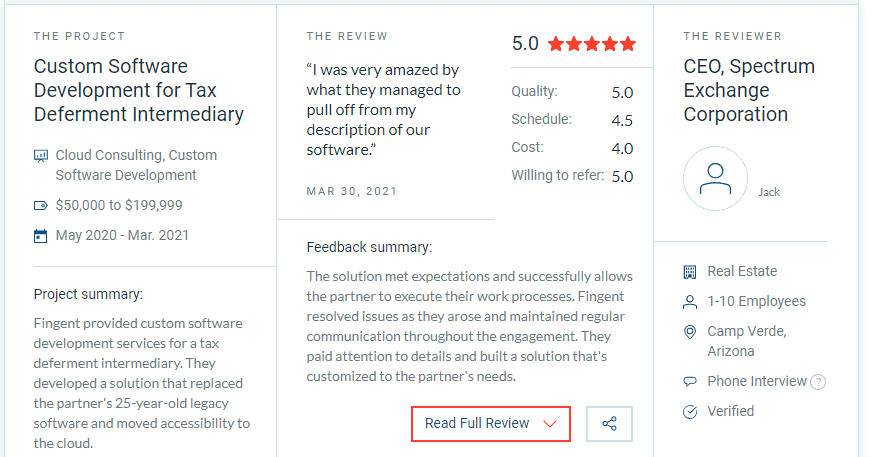
“We are recognized for our clients, and that’s why we make sure that their dreams and ideas come to life with the advances and expertise we have in technology today! We are truly thankful to Clutch for appreciating our efforts.”
– Varghese Samuel, CEO & Managing Director, Fingent.
If you are looking for a technology partner to innovate your business ideas, then contact us now, and let’s talk about your project and goals.
Stay up to date on what's new

Featured Blogs
Stay up to date on
what's new



Talk To Our Experts
SAP S/4HANA: The Torchbearer in Intelligent Enterprise Journey
In the present digital age with cut-throat competition in every sector, businesses must offer compelling and consistent customer experience and innovative products and services. Your organization will be able to create a superior, personalized, and enriched customer experience only when you leverage intelligent technologies such as SAP S/4HANA.
Intelligent Enterprise can empower organizations to grow faster in an ever-changing digital environment. As your organization battles with an excess of data from various systems, you may feel overwhelmed. You know you need that data to be doing so much more than it is right now because the ability to make decisions based on accurate and appropriate data is critical to gain a competitive edge in today’s dynamic world. With SAP S/4HANA, organizations can use data, people, and enterprise assets in an aggregated manner that best suits their business.
Read more: How SAP S/4HANA transforms the end-to-end business process
This article explains how SAP S/4HANA can be the torchbearer on your journey towards an Intelligent Enterprise. Before that, let us consider the reasons why you must become an intelligent enterprise.
Top 5 reasons why your company must become an Intelligent Enterprise
An Intelligent Enterprise leverages intelligent technologies to enable the workforce to focus on higher-value outcomes. Here are the top 5 reasons why your company must become an Intelligent Enterprise.
- Allows your organization to be more agile with a clear chance of sustainable growth
- Achieve breakthrough outcomes in redefining the end-to-end customer experience
- Makes your business processes more effective and reliable
- Delivers a step-change in productivity
- Helps your business to stay ahead of the competition
6 capabilities of SAP S/4HANA that will lead your path to becoming an Intelligent Enterprise
All businesses can become intelligent enterprises by transforming their business models to become more flexible, customer-centric, and responsive to market demand. Here are six capabilities of SAP that can help transform your organization into an intelligent enterprise.
1. Intelligent suite
SAP intelligent suite is a carefully curated ensemble of solutions that address challenges faced by different business functions of an enterprise. This suite helps every aspect of your organization, including employees, clients, customer experience, products, supply chain, IT, and more. It also allows stakeholders to take advantage of in-depth business insights. In short, it enables you to have a 360-degree view of your business.
Read more: How Fingent Helps CFOs Gain New Insights and Reliably Enable Key Decisions
2. Experience management
To understand why things happen, you must understand the thoughts and sentiments of the people involved. Experience management solutions of SAP are aimed to help businesses improve customer, employee, product, and brand experiences. It is a process of monitoring each interaction stakeholders have with an organization in real-time to spot the problems. Experience management solutions provide insights into the thoughts and feelings of your employees, customers, and stakeholders.
3. Business technology platform
SAP’s business technology platform helps modernize business processes and turn data into action. This digital platform makes it easier and quicker for companies to become intelligent enterprises. It offers more options with one unified business-centric platform for data, analytics, and intelligence. Best of all, it supports application development and integration.
4. SAP industry cloud
As a service, the SAP industry cloud enables organizations to undertake application management work while the platform allows users to access data in real-time. SAP cloud is one of the most popular services today. Its key functionalities include analytics, transactions, security, integration, and more. Thus, SAP cloud empowers your business to discover and deploy vertical solutions leading to industry best practices and extend the current business process.
5. Sustainability management
The SAP suite of sustainability management solutions addresses various sustainability needs. It can integrate compliance and safety activities while improving the sustainability performance of an organization. It enables businesses to understand and manage their impact on people and their environment.
6. Business network
Across all industries, businesses have reported disrupted supply chains and effects on day-to-day business operations because of the pandemic. SAP’s business network helps enterprises adjust quickly and responsibly to disruption and fast-changing market demands. It enables companies to reinvent business methodologies with the help of interconnected value chains and flexible networks.
These six capabilities can help your business achieve the best possible results as you embark on the intelligent enterprise journey.
How do you know if you need to become an Intelligent Enterprise?
Answering the following questions will help you understand if you need to embark on the journey to become an intelligent enterprise:
- Is your company focused on customer experience?
- Do you employ an experience management platform to understand all the people involved?
- Does your company leverage intelligent technologies such as ML, AL to provide the agility and speed required for growth?
- Does an SAP cloud platform connect your business process to provide you real-time updates?
If your answer is ‘no’ to any of the questions, you know you need to get on to the path of becoming an intelligent enterprise TODAY.
Read more: Create Intelligent Organizations with SAP Model Company
Are you ready to implement an Intelligent Enterprise strategy?
The intelligent enterprise is a strategy that uses the above technology to turn data into actionable insights. This strategy enables your business to be more agile and increases the opportunity for sustainable growth. An intelligent enterprise is an approach or a strategy that your organization adopts by leveraging SAP S/4HANA. Now that you know what an intelligent enterprise is and how you can leverage SAP S/4HANA to become one, you must think about implementing it for your organization.
Though every industry is different, and the outcomes may vary, a common link across sectors is “customer experience.” Hence, it is vital to remember that the journey to becoming an intelligent enterprise starts with defining your business goals across the organization with the customer experience at the forefront. Once you define your goals, your organization must implement the essential capabilities of SAP S/4HANA at the highest level.
Read more: Deploying SAP S/4HANA: Methodologies and Tools to Adopt
Become an Intelligent Enterprise ASAP
SAP S/4HANA is a vital blueprint to becoming an intelligent enterprise. SAP solutions can empower you to become a leader in your industry. SAP S/4HANA provides you a risk-free approach that allows for a seamless transition into an intelligent enterprise without business disruption.
Read more: 7 Tips To Ensure A Seamless Transition To SAP S/4HANA
Fingent specializes in providing exceptional SAP S/4HANA custom implementation and migration services. Let’s start a conversation today and explore how Fingent, the top custom software development company, can assist you in leveraging the power of SAP S/4HANA for your business.
Stay up to date on what's new

Featured Blogs
Stay up to date on
what's new



